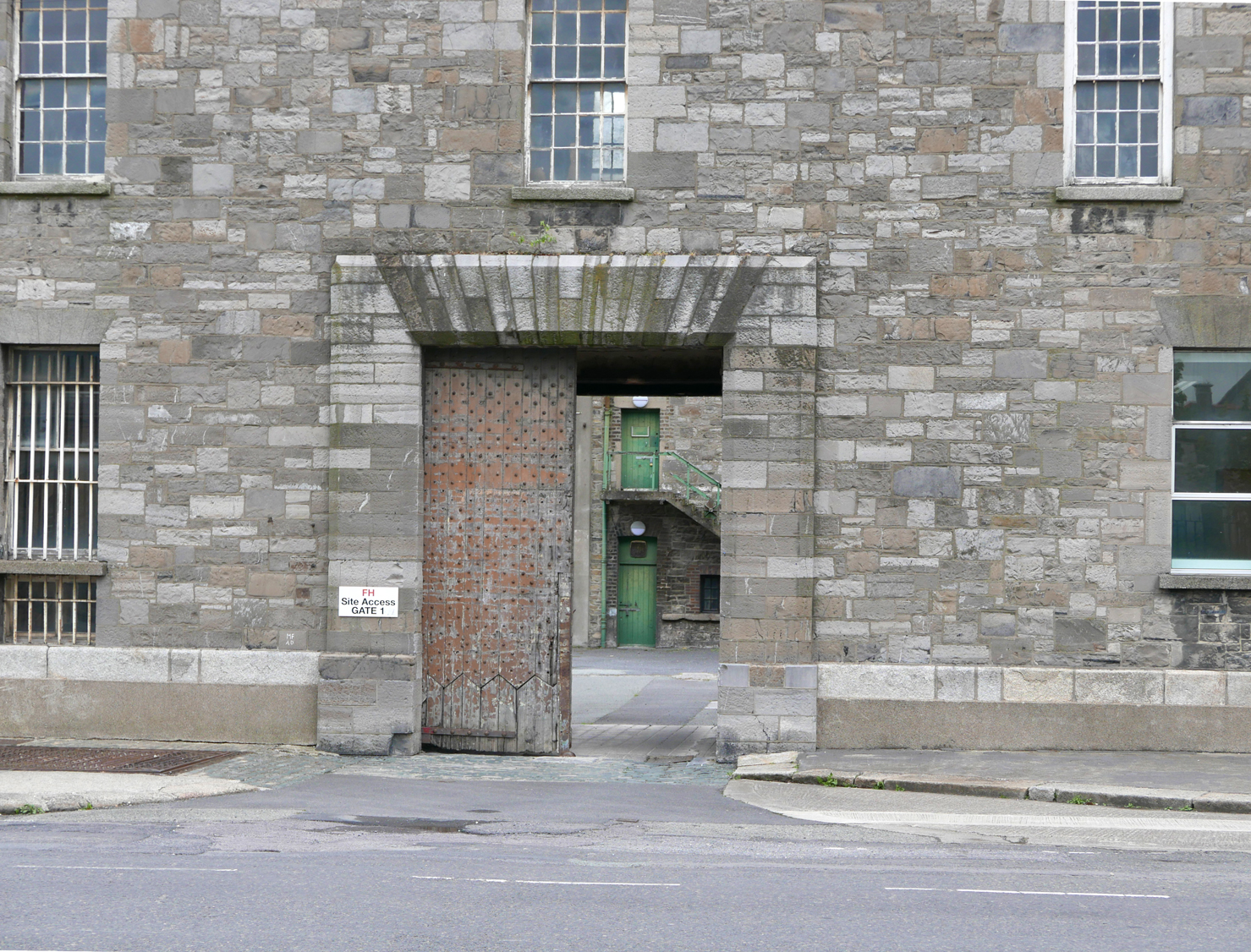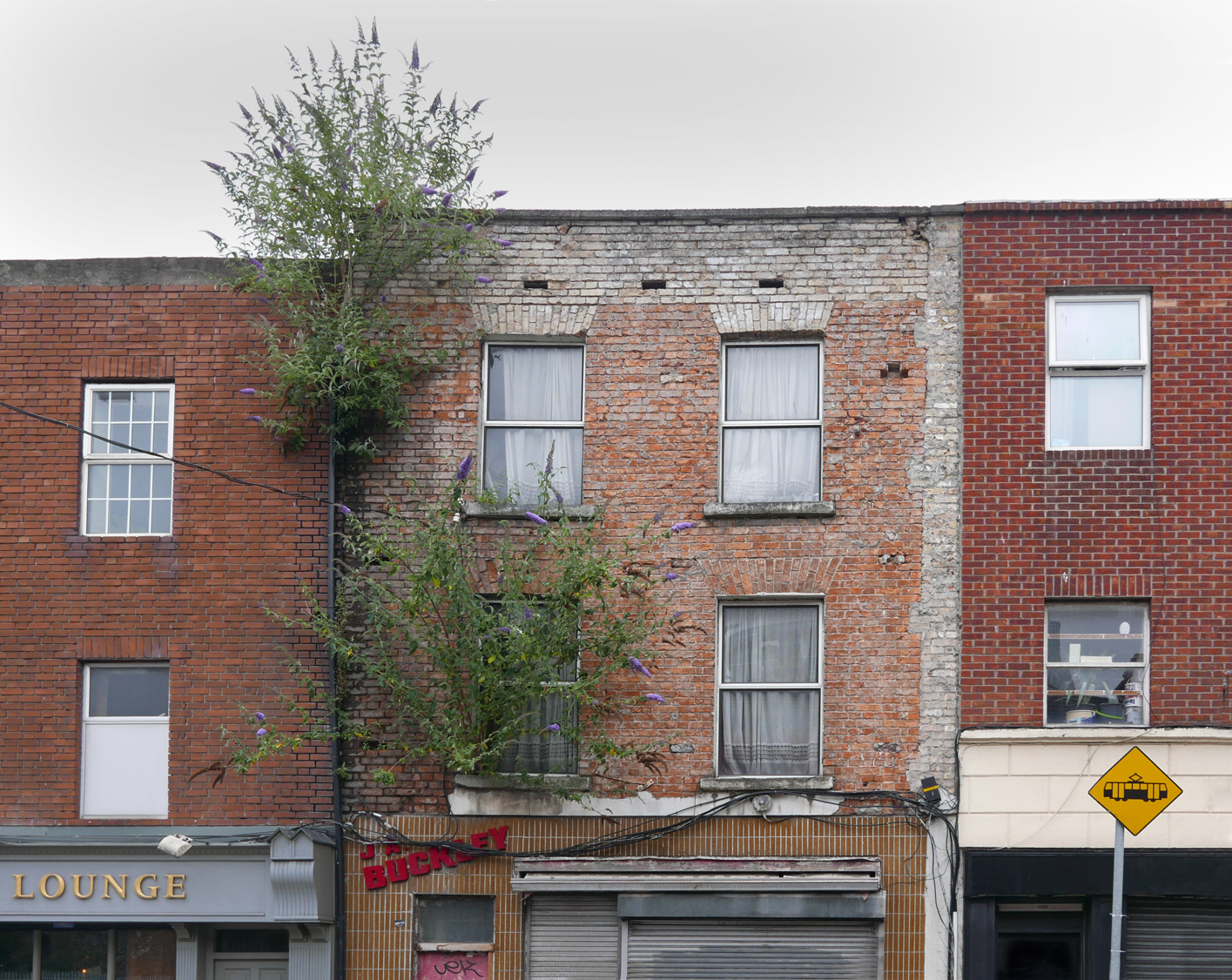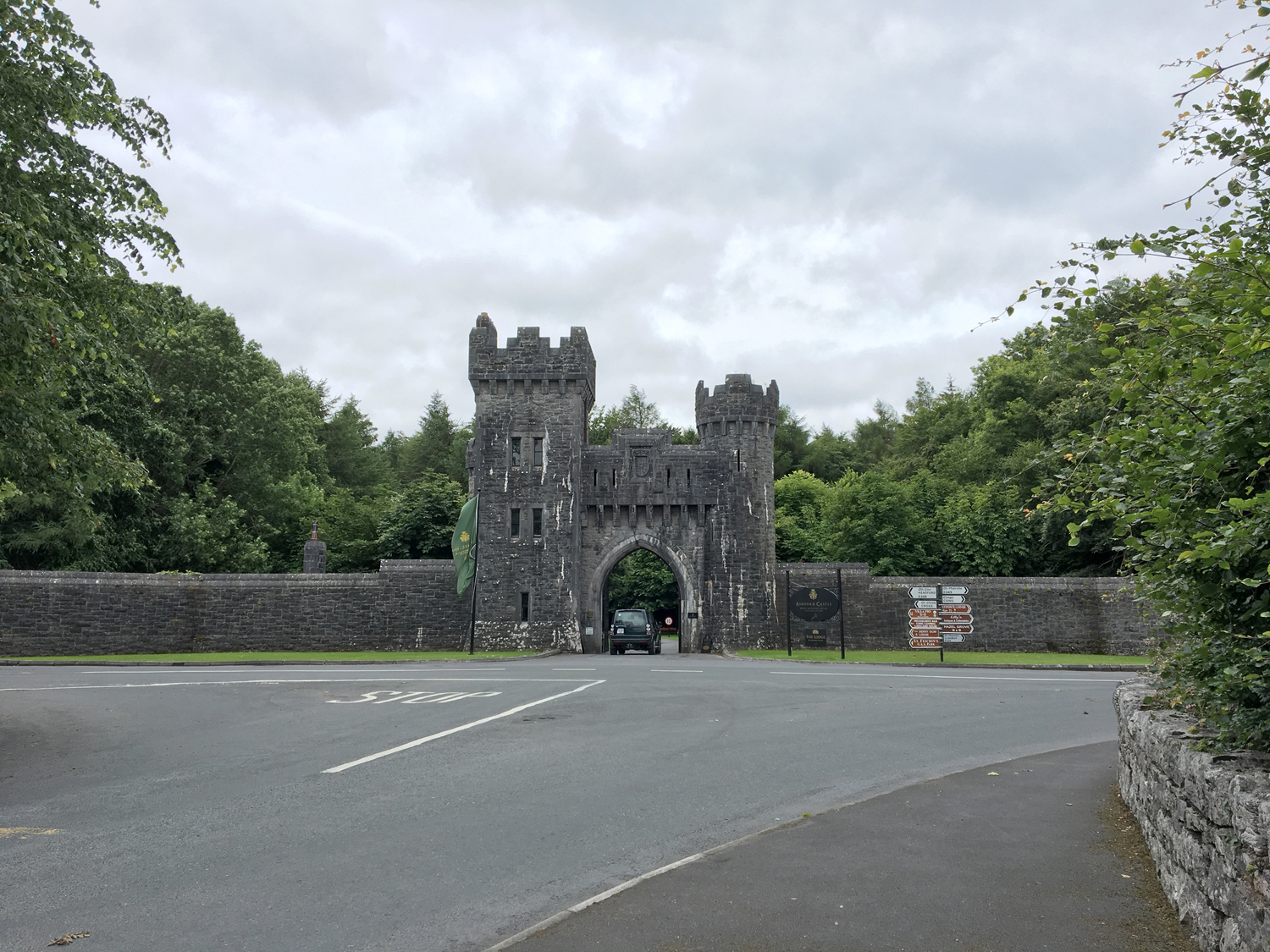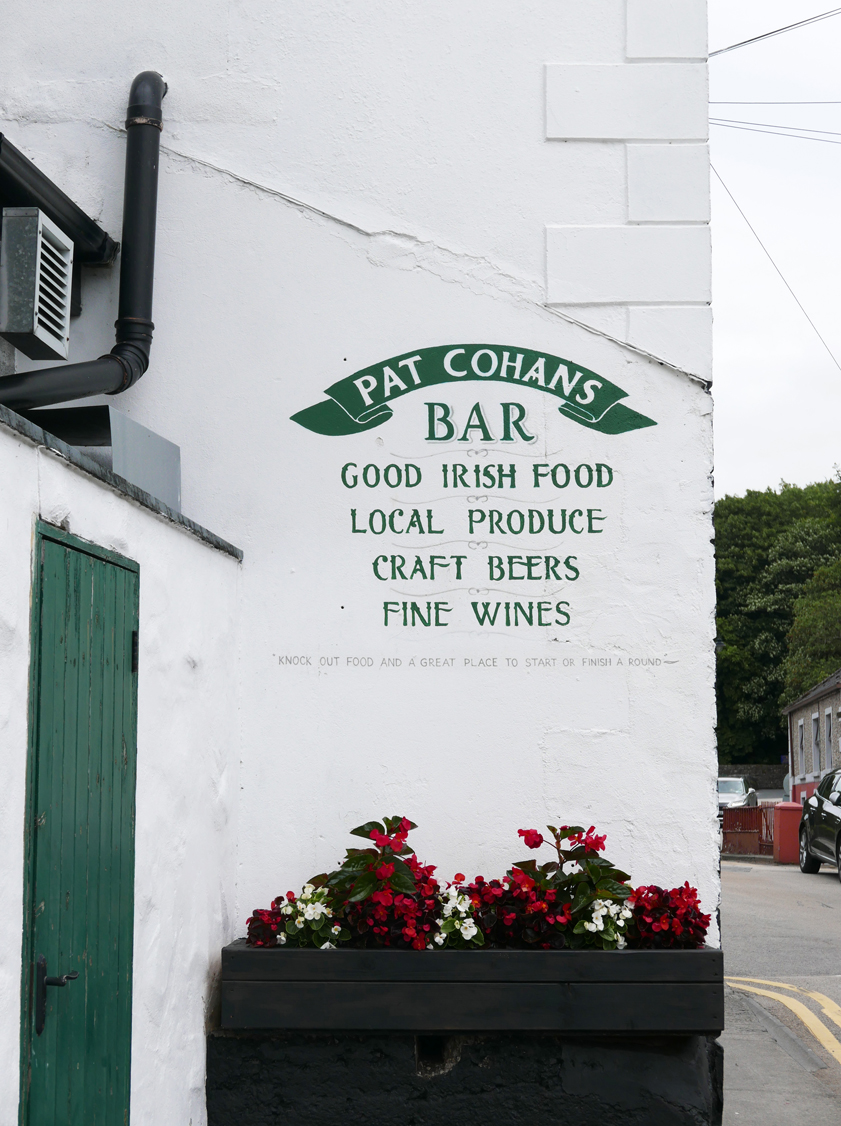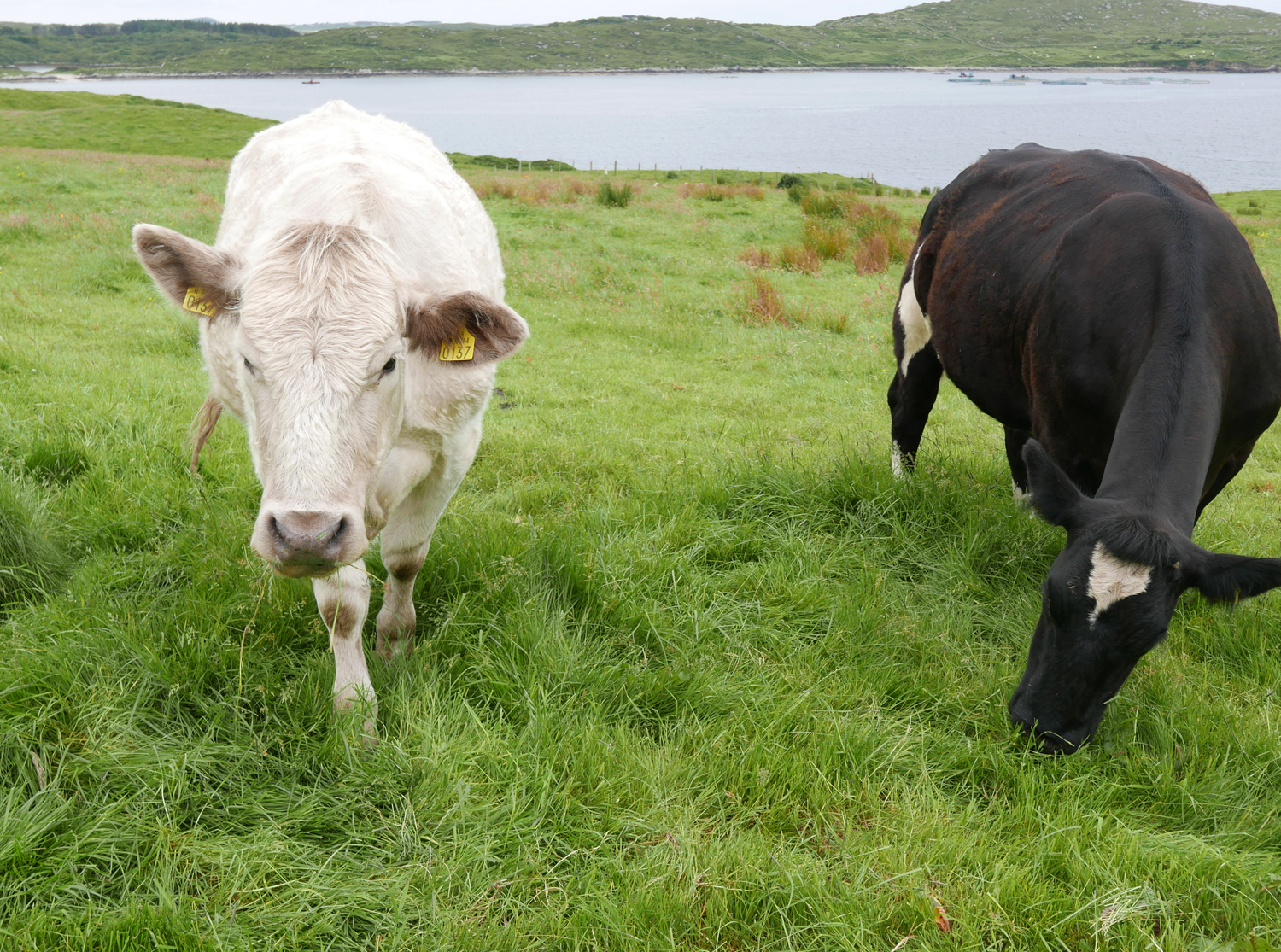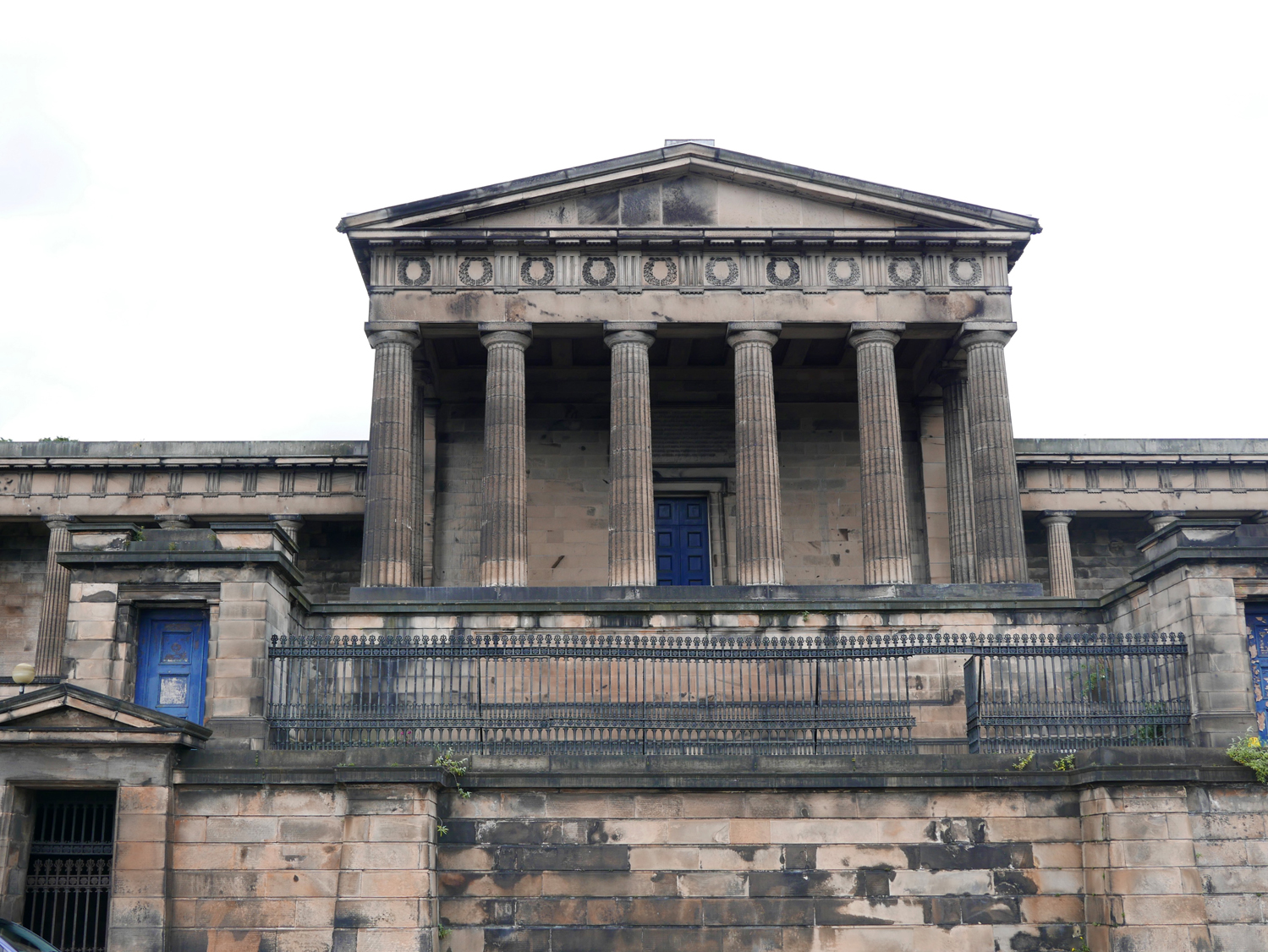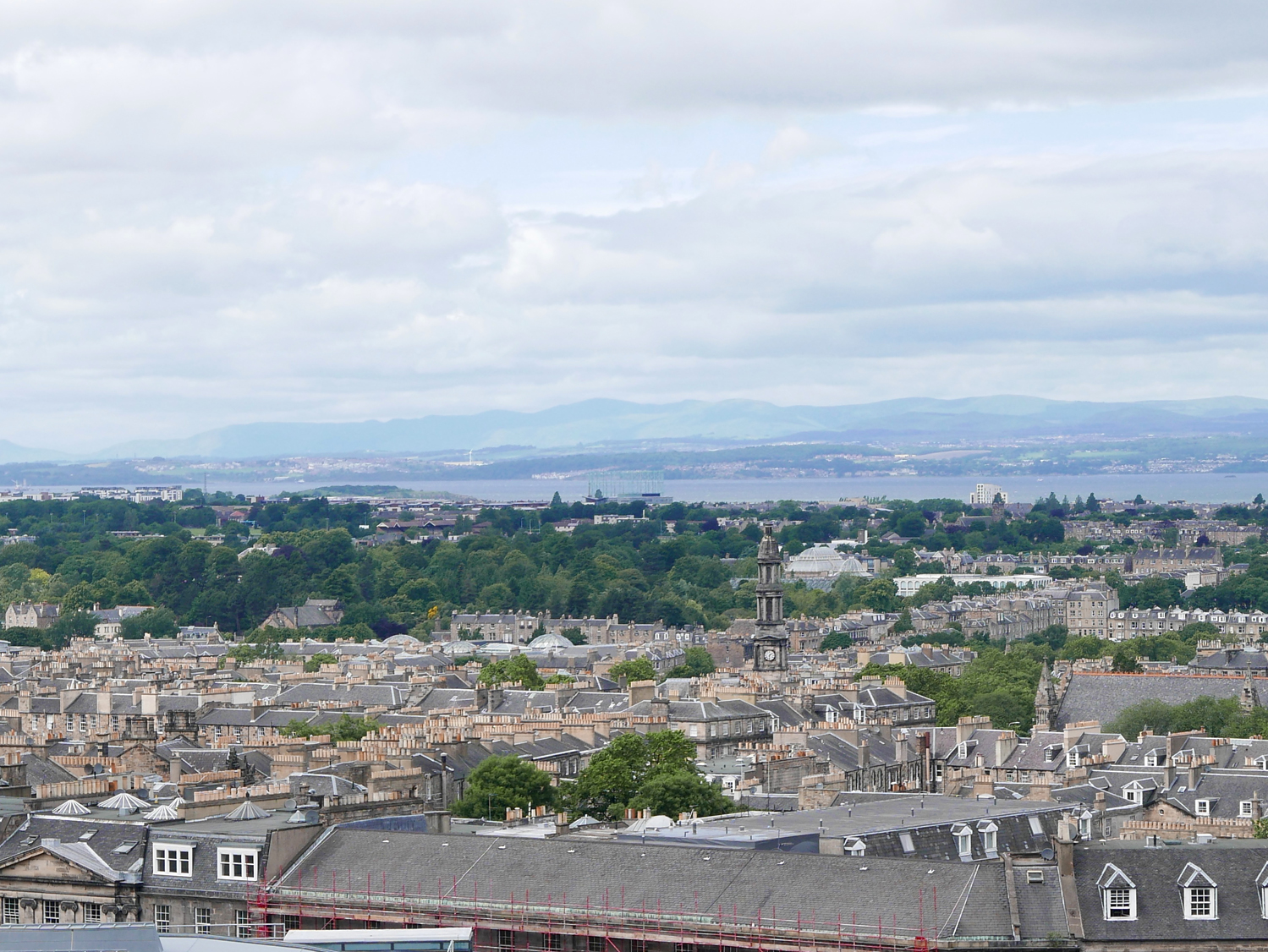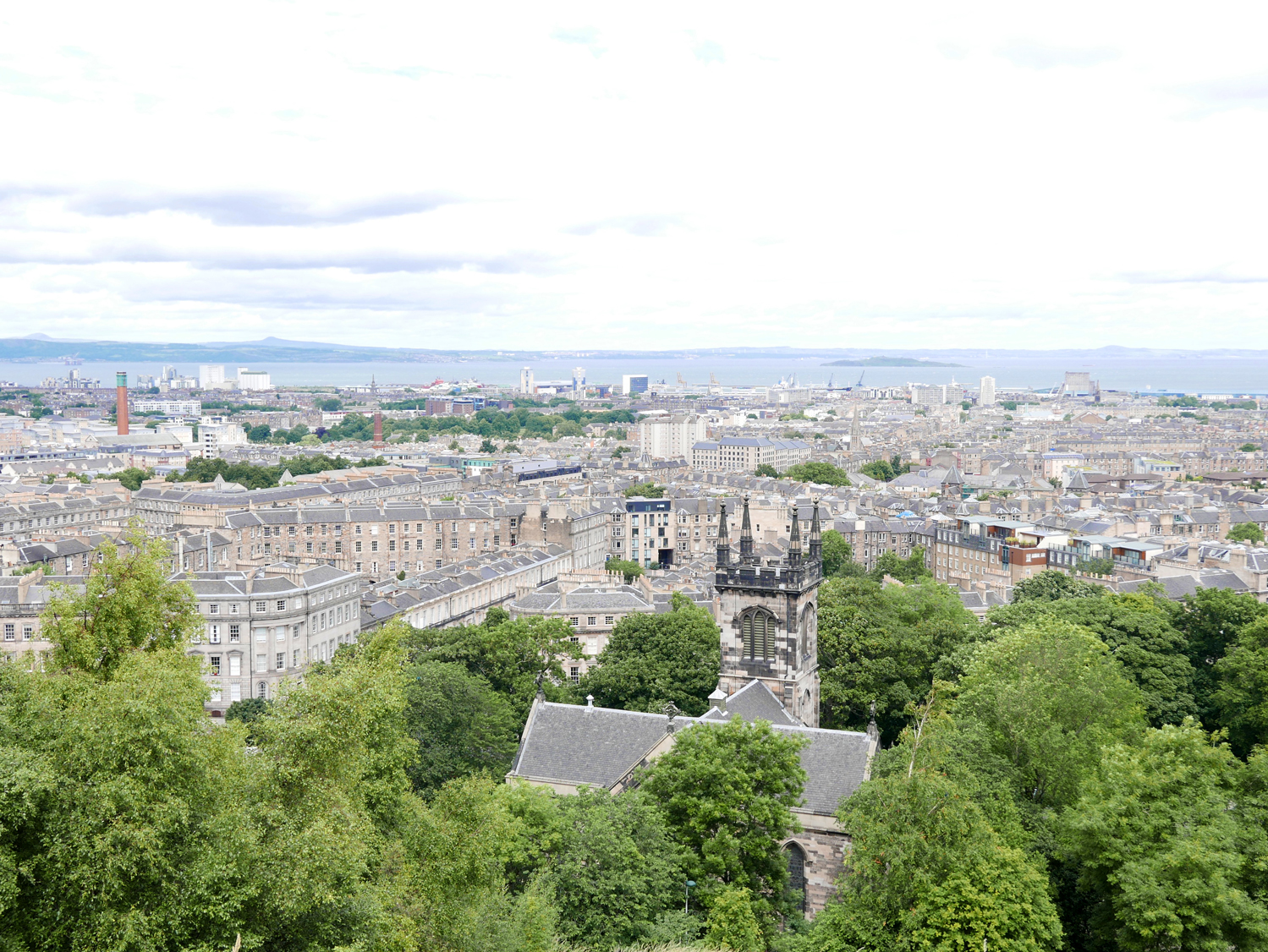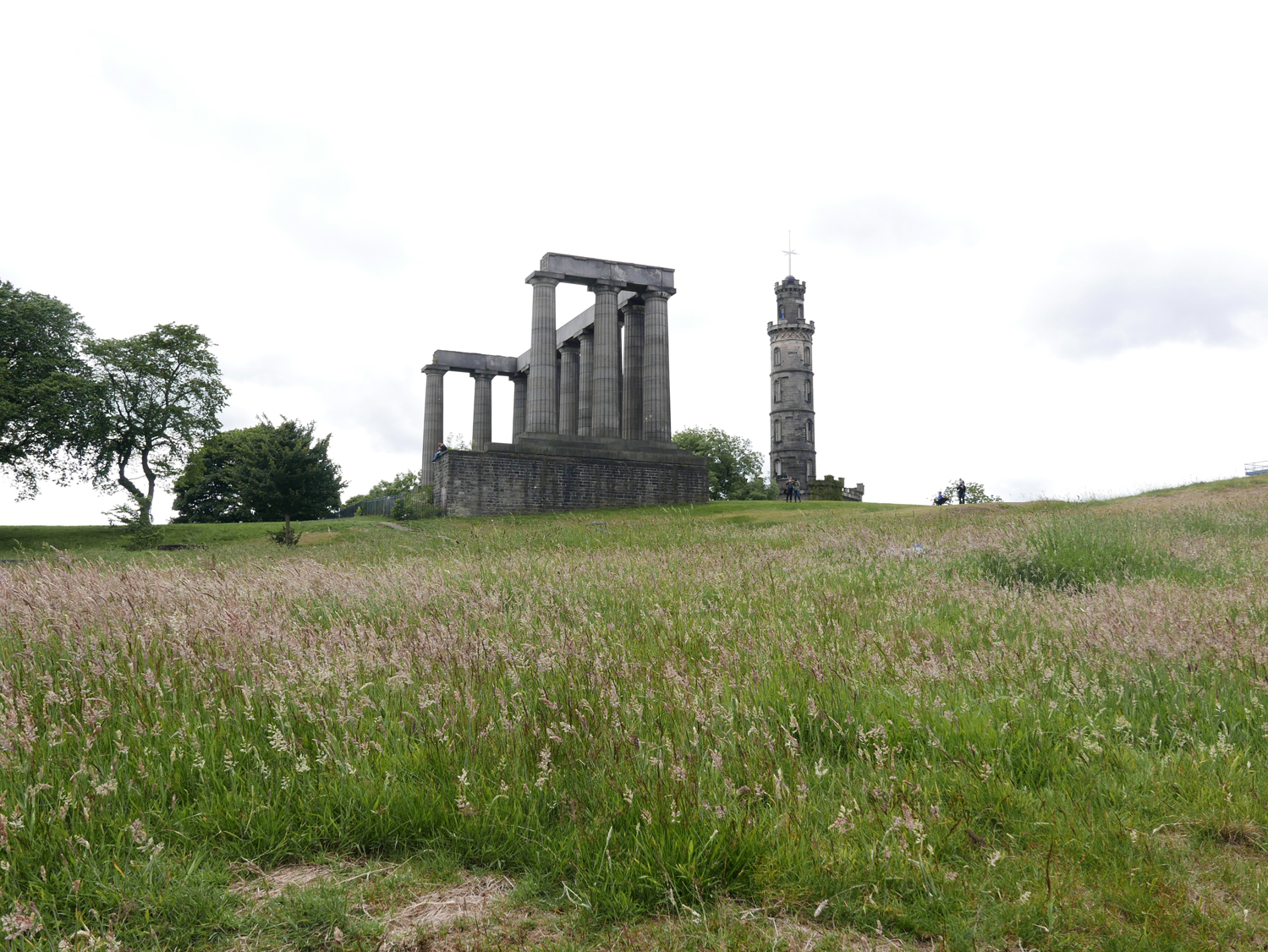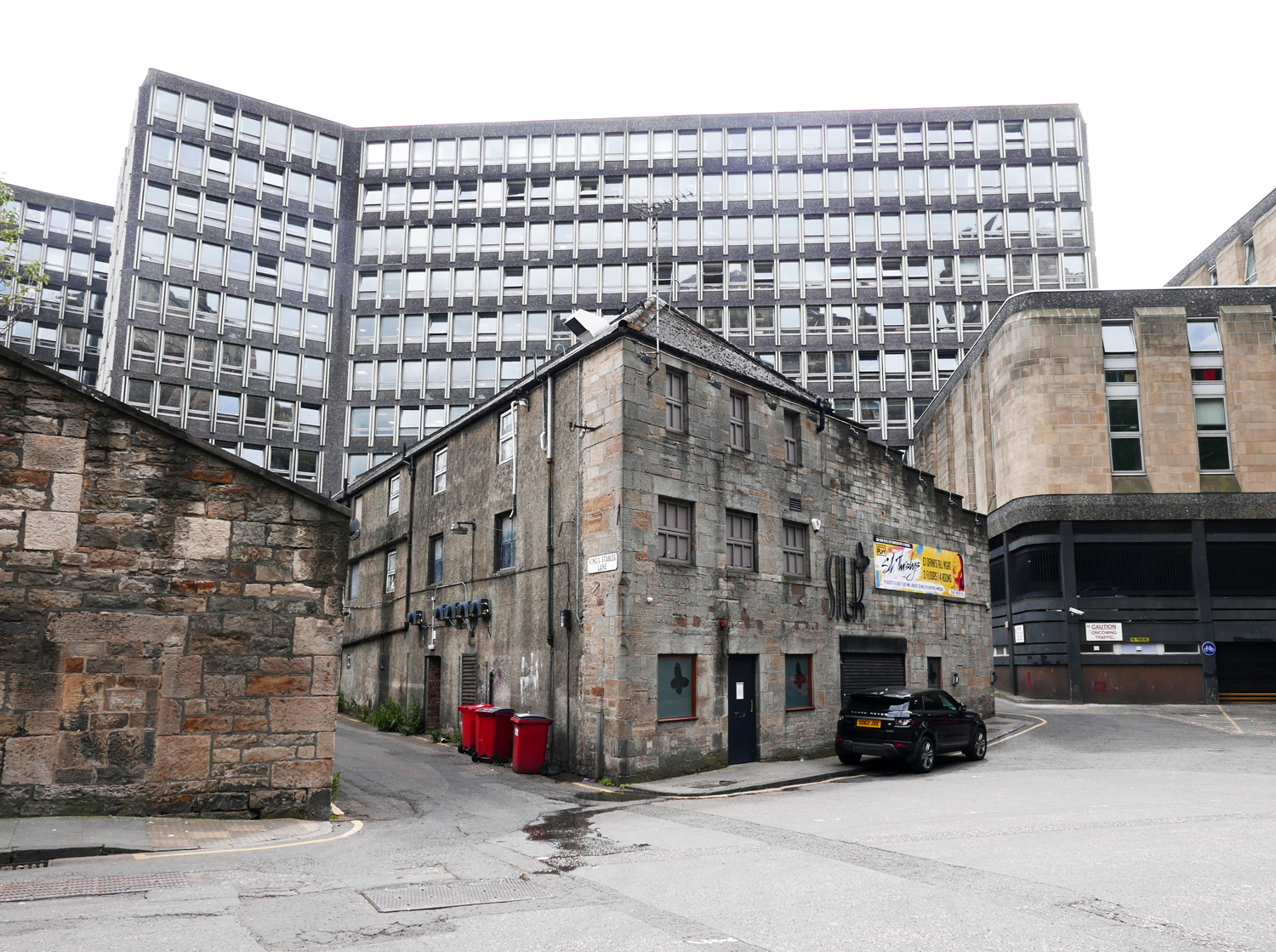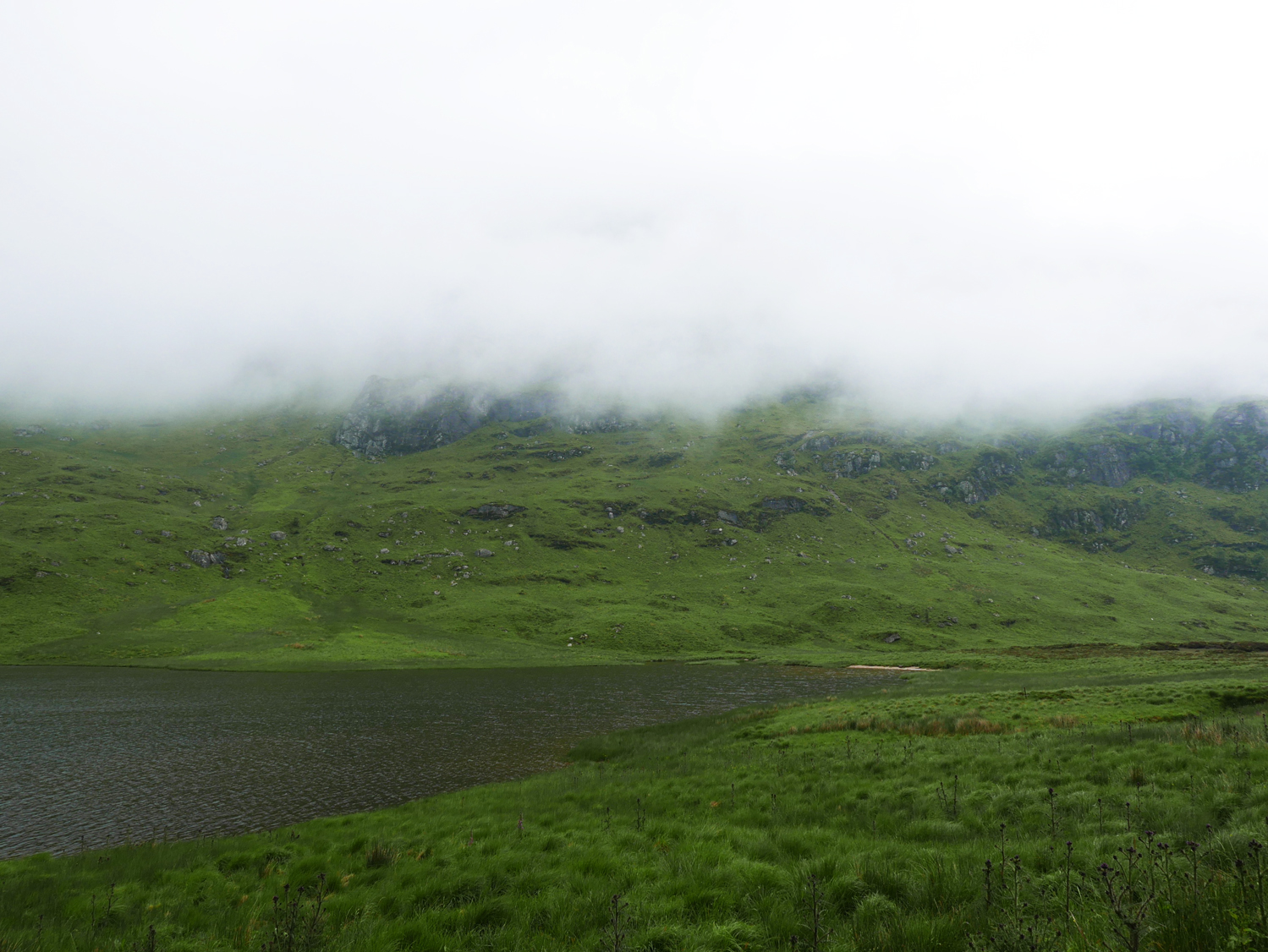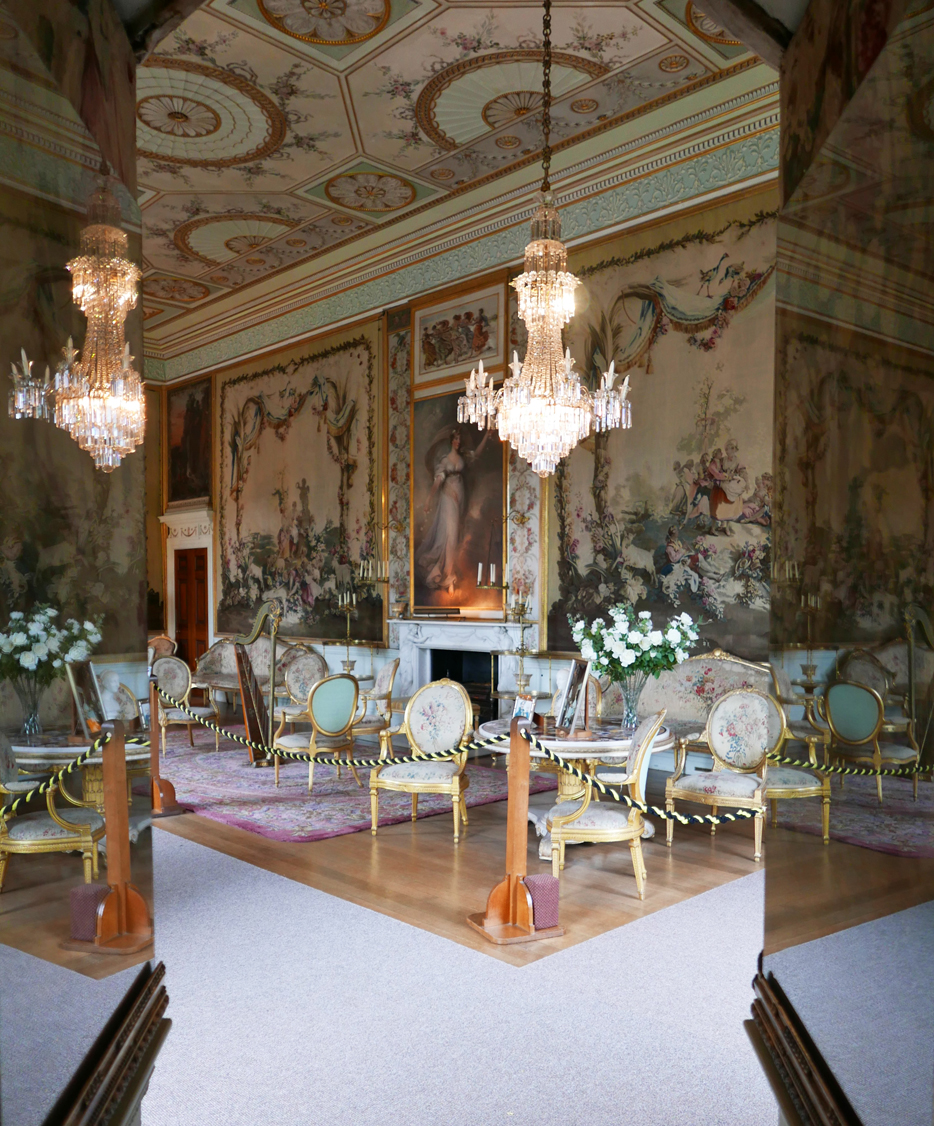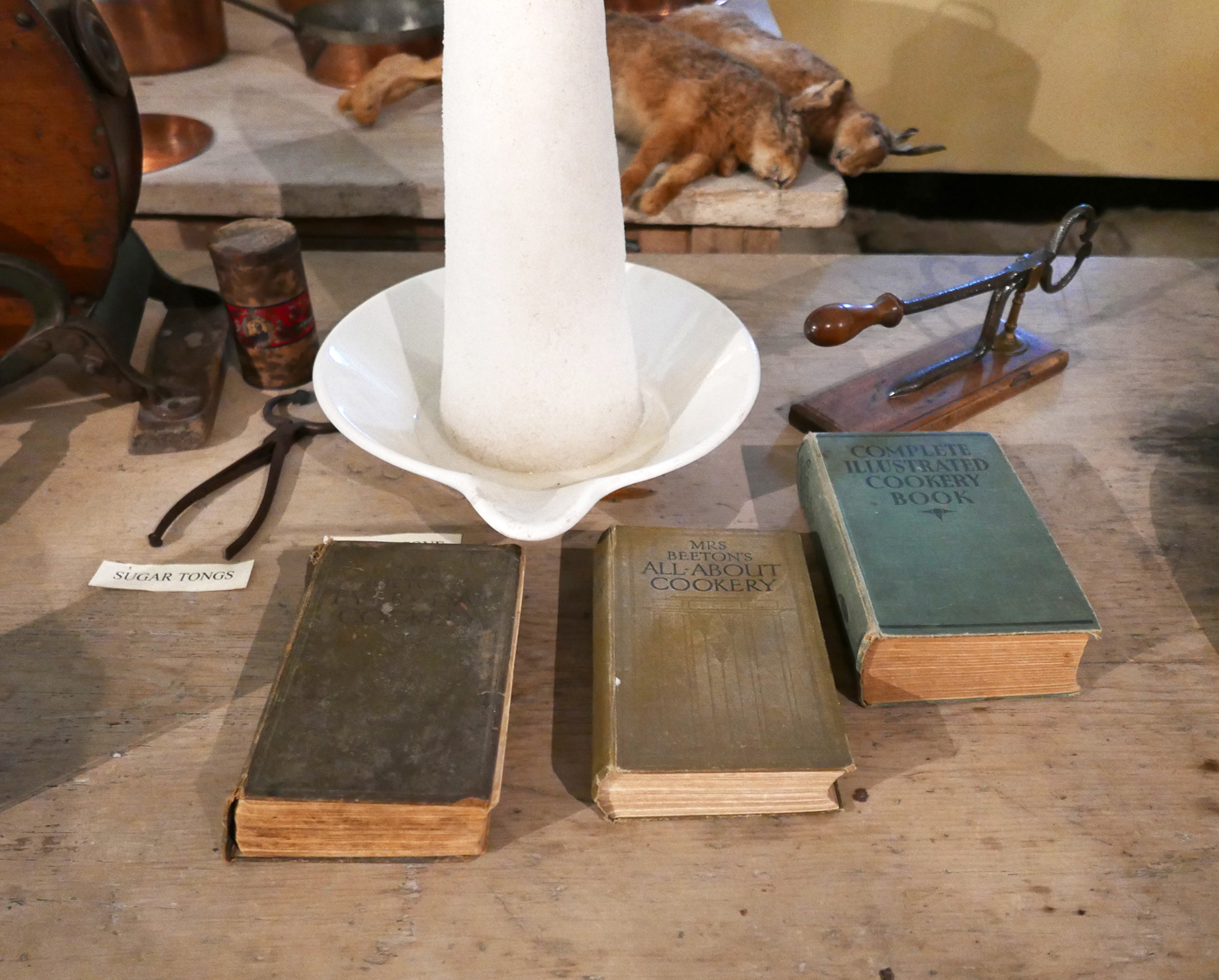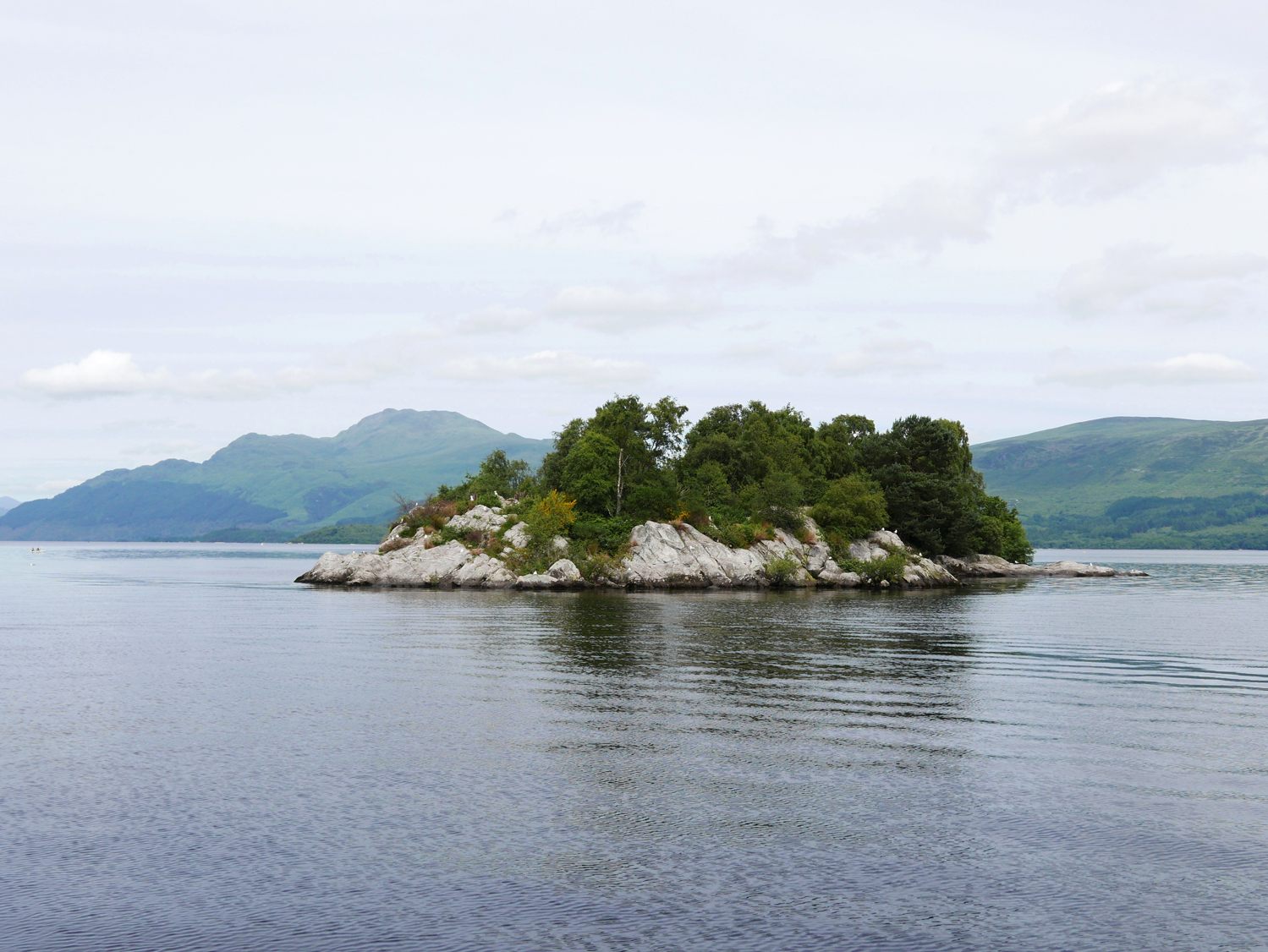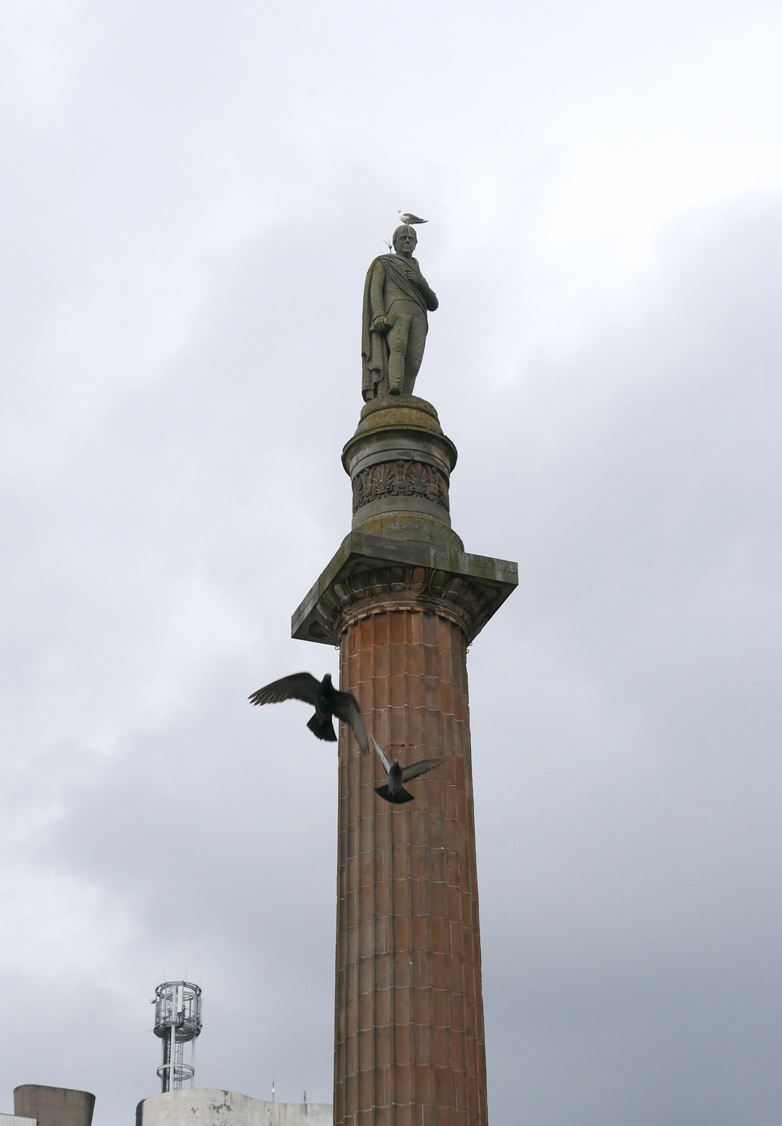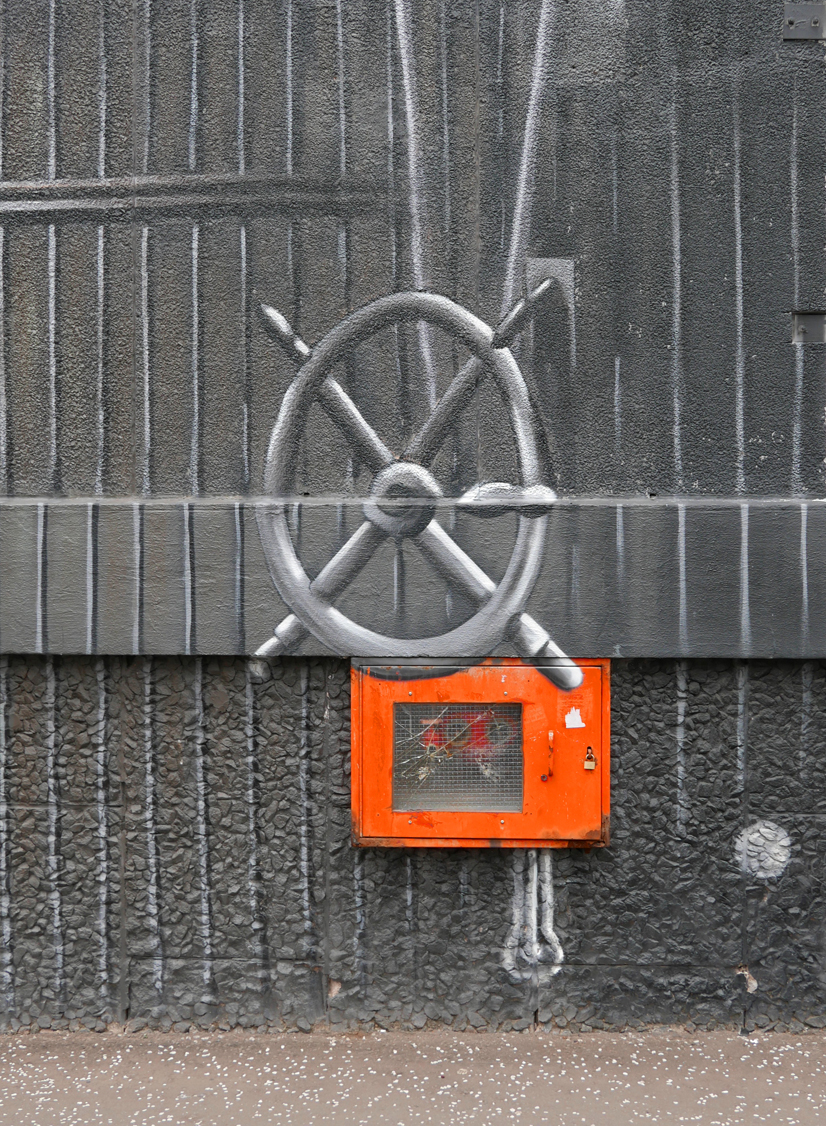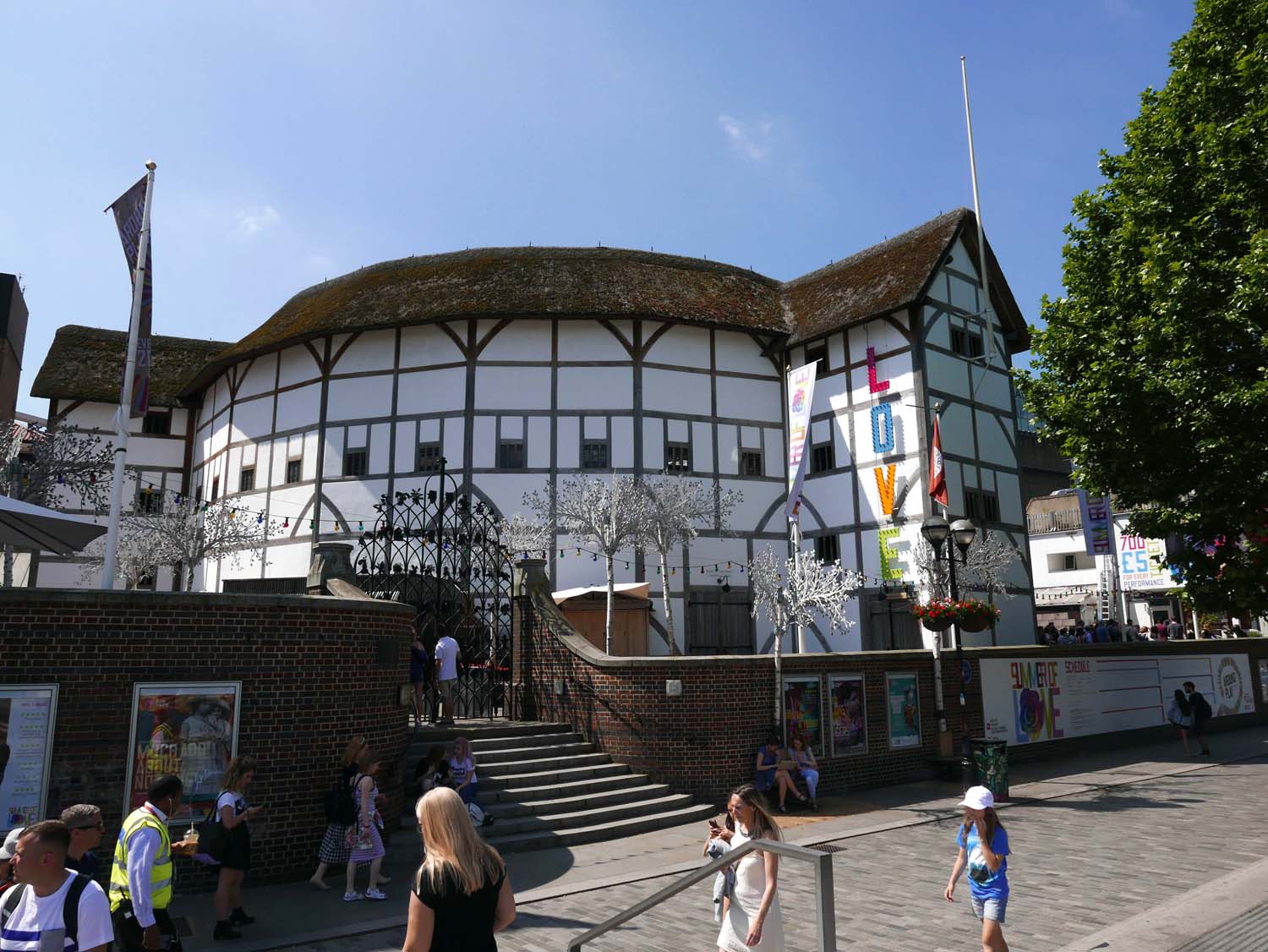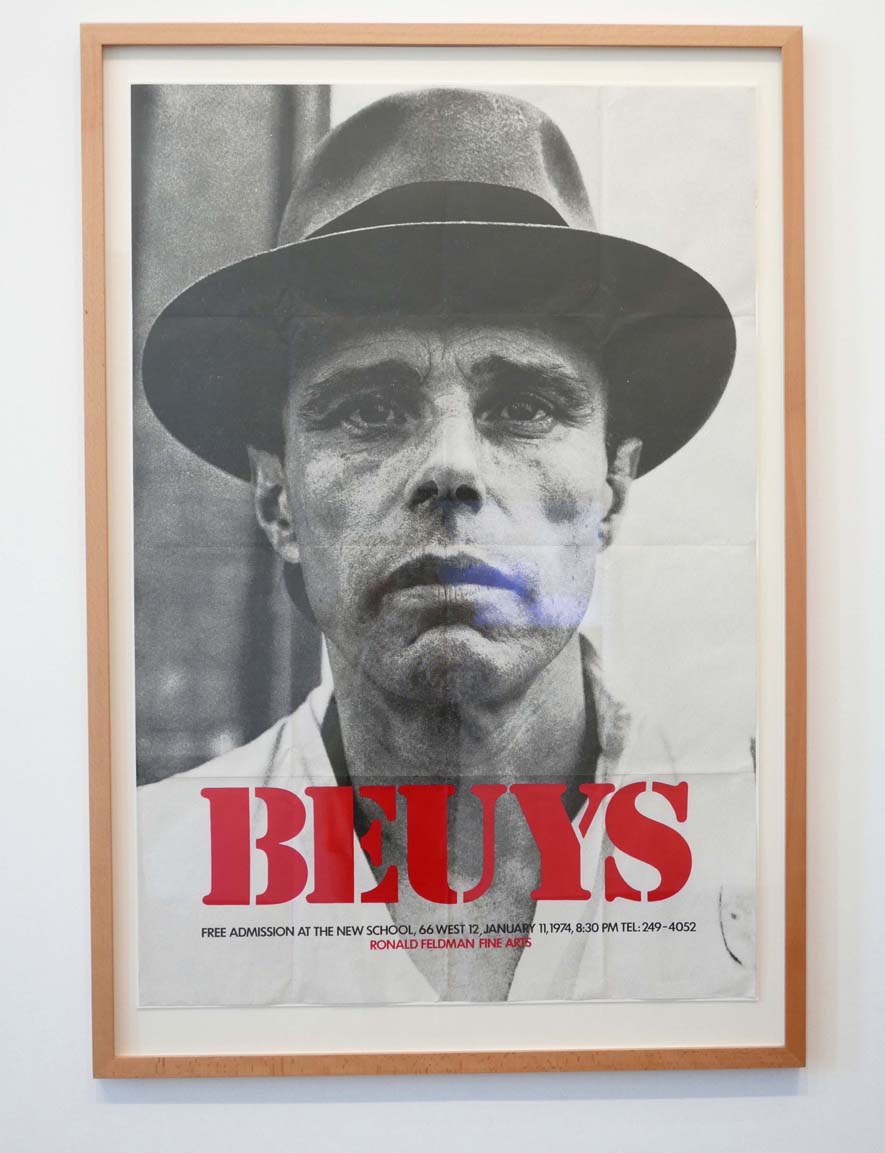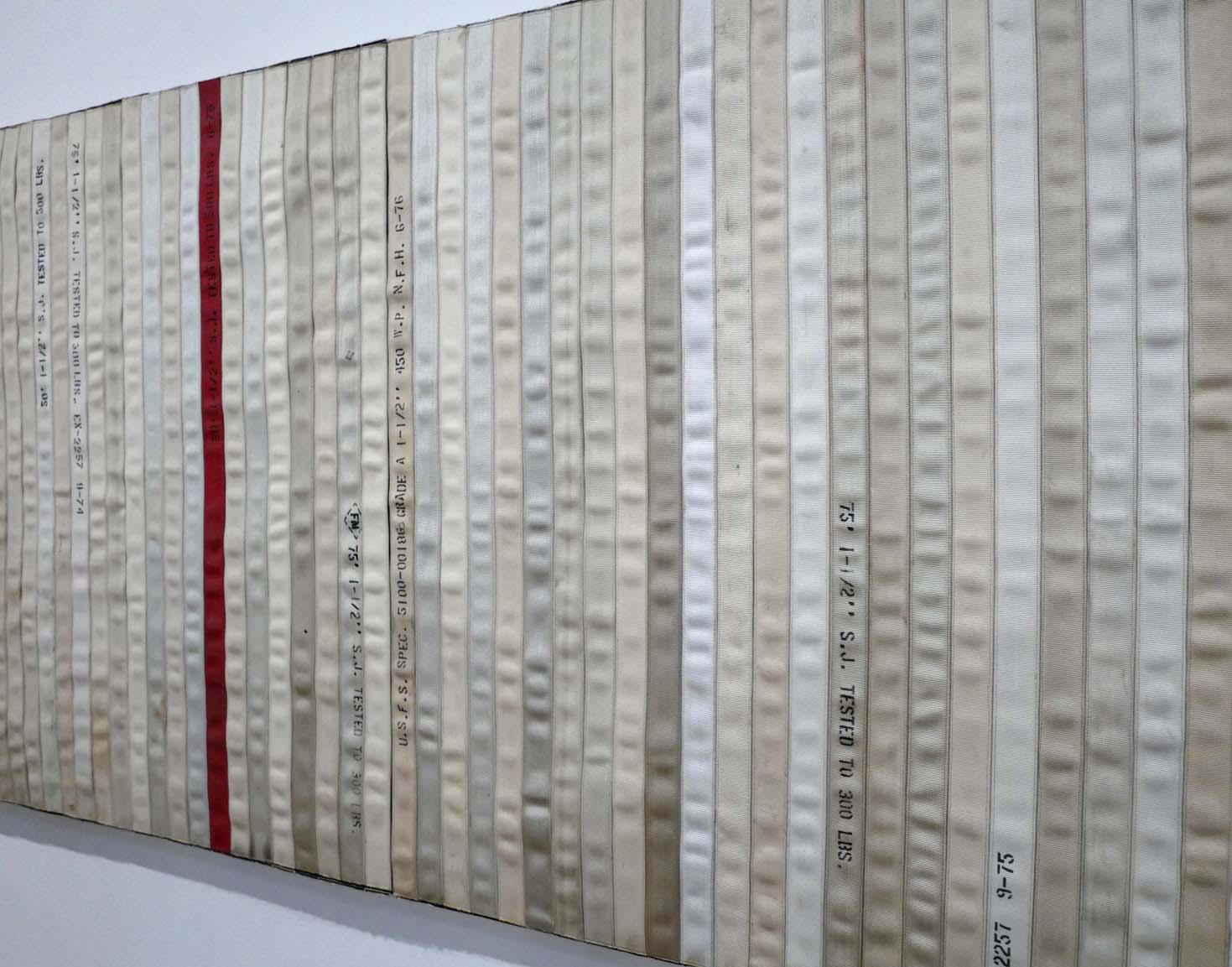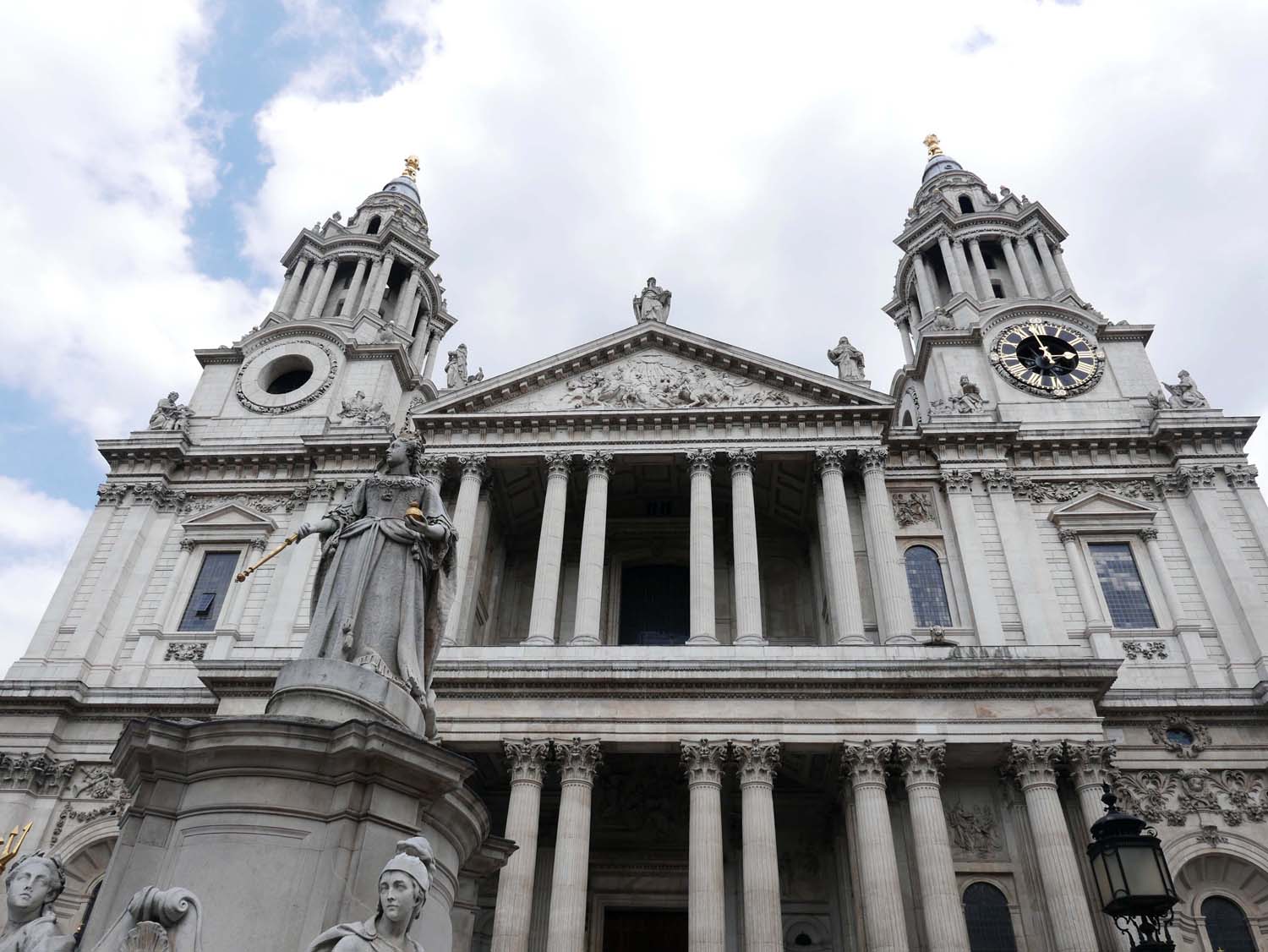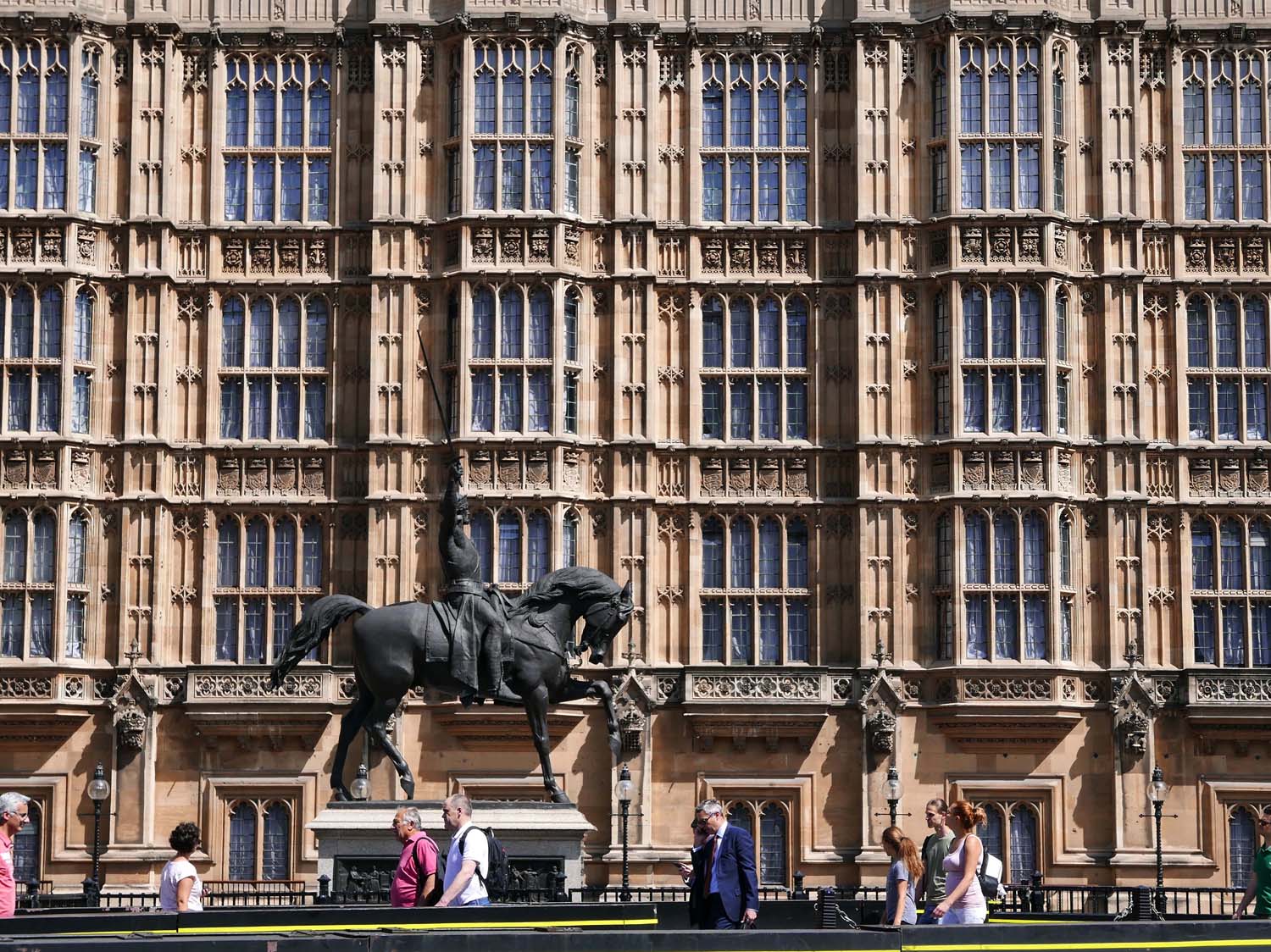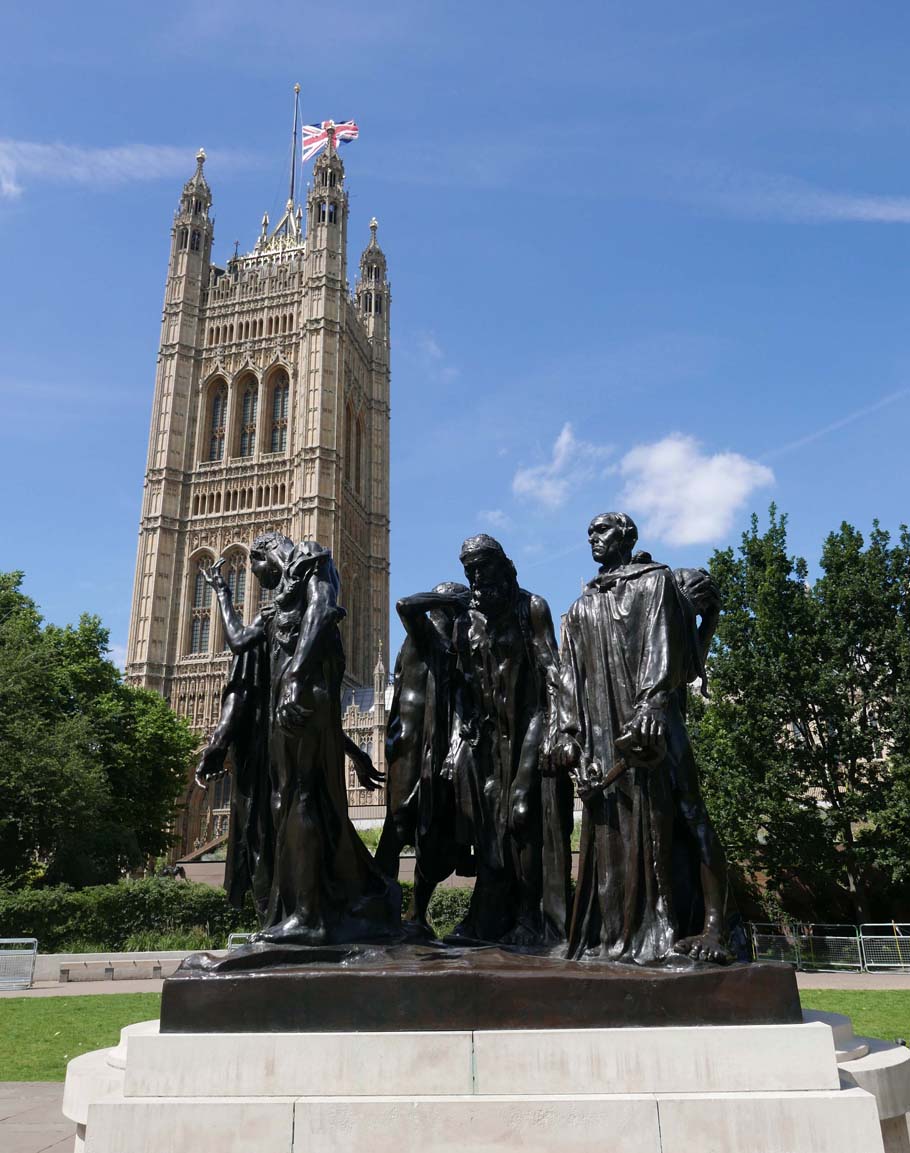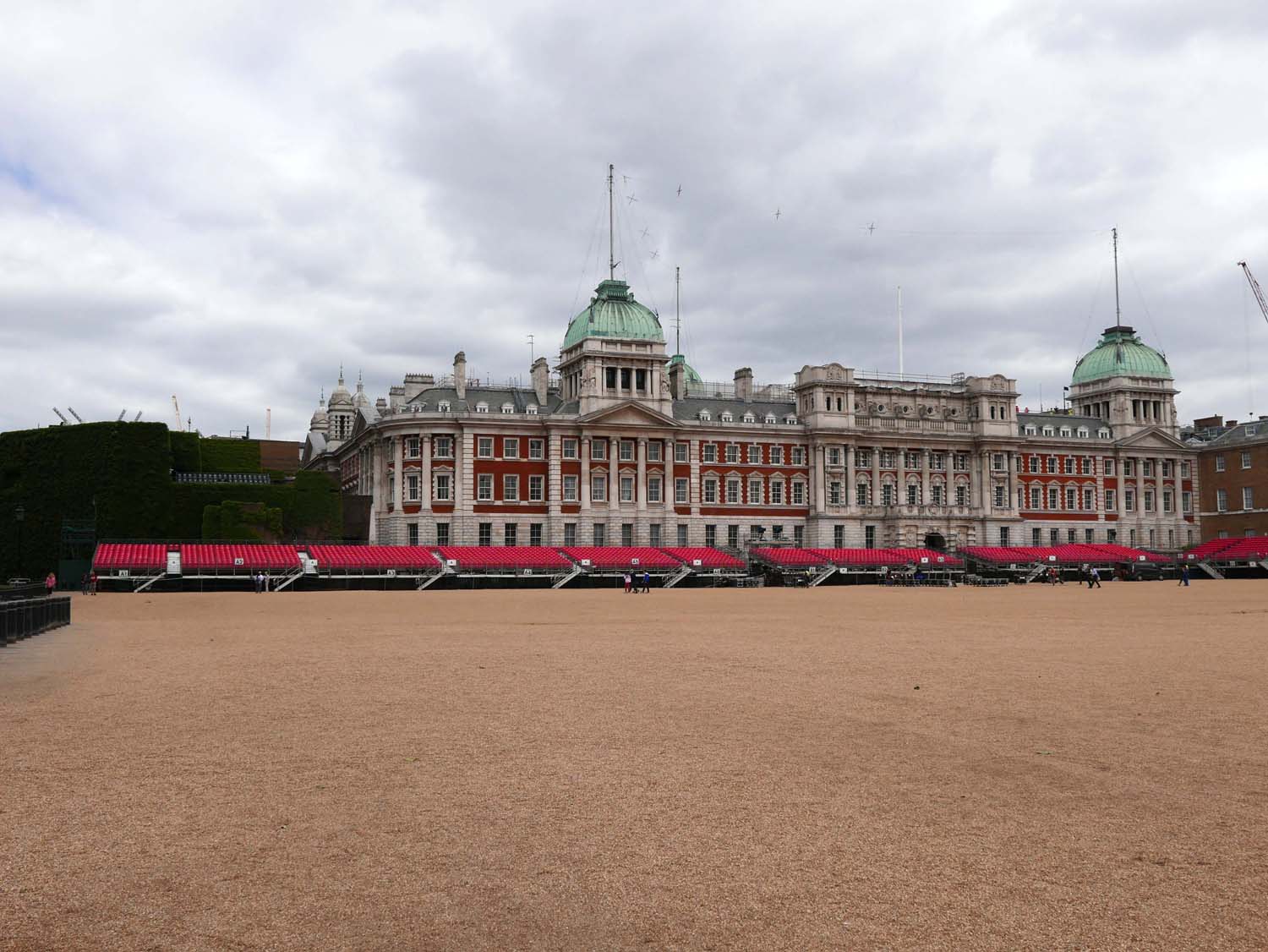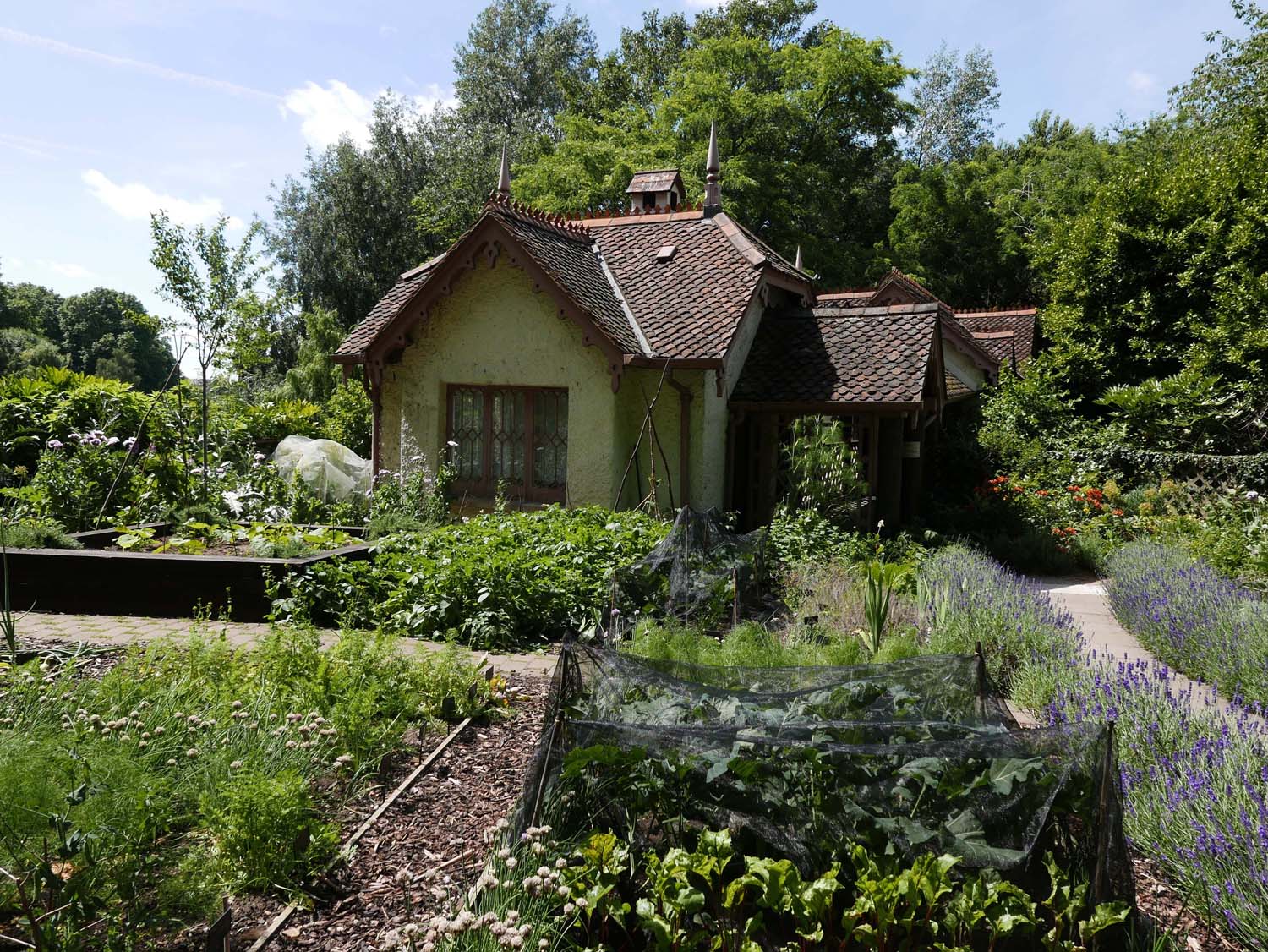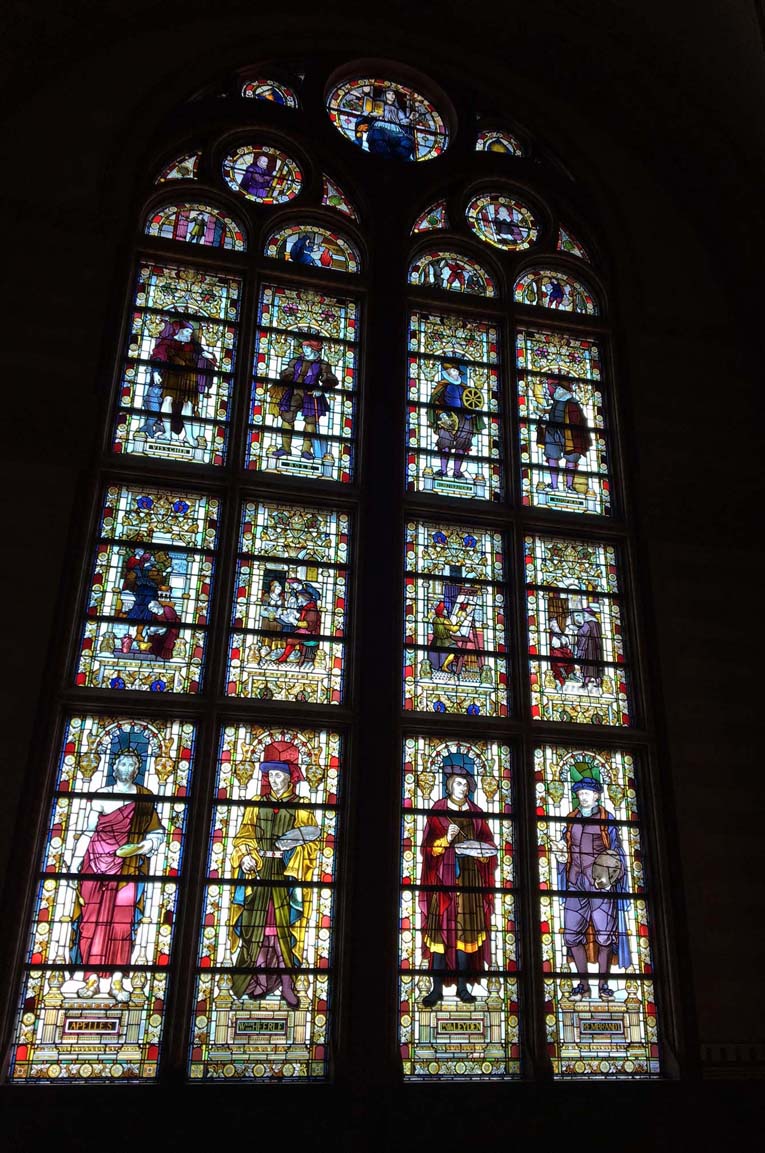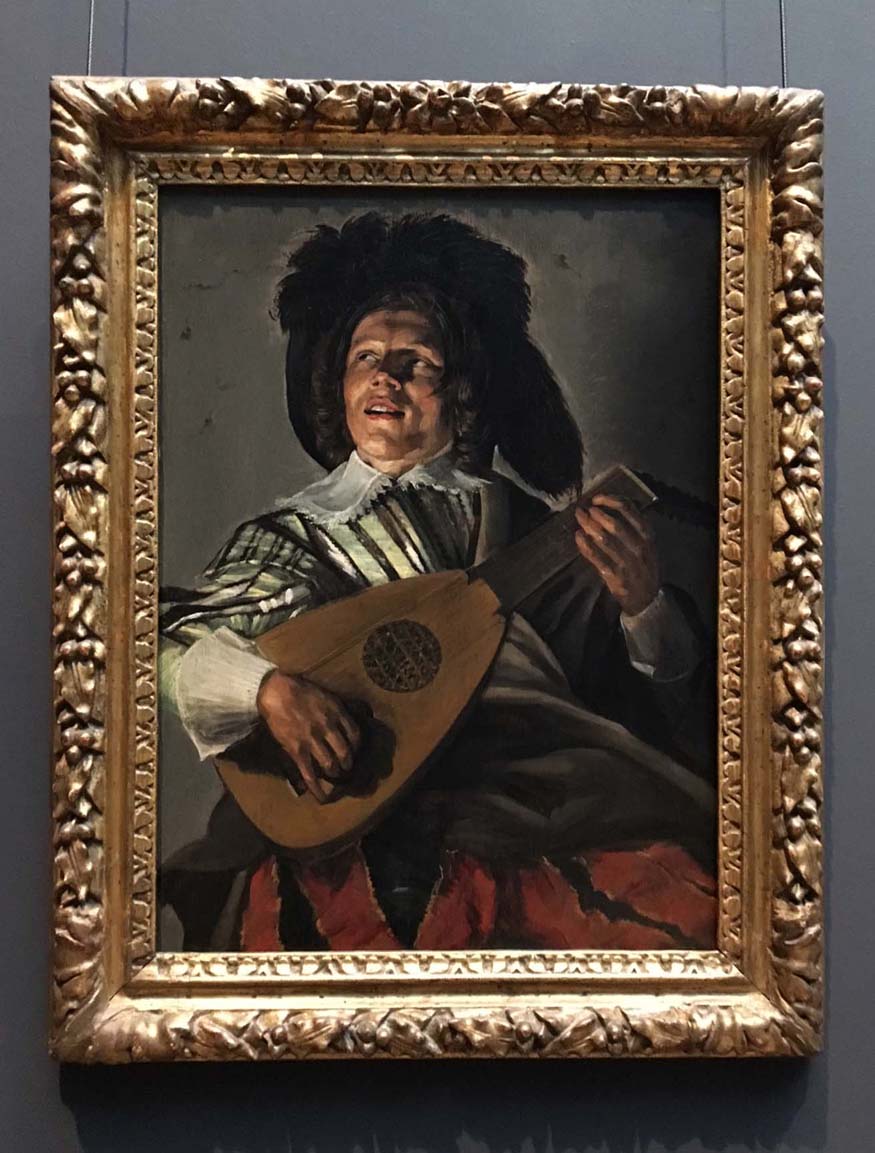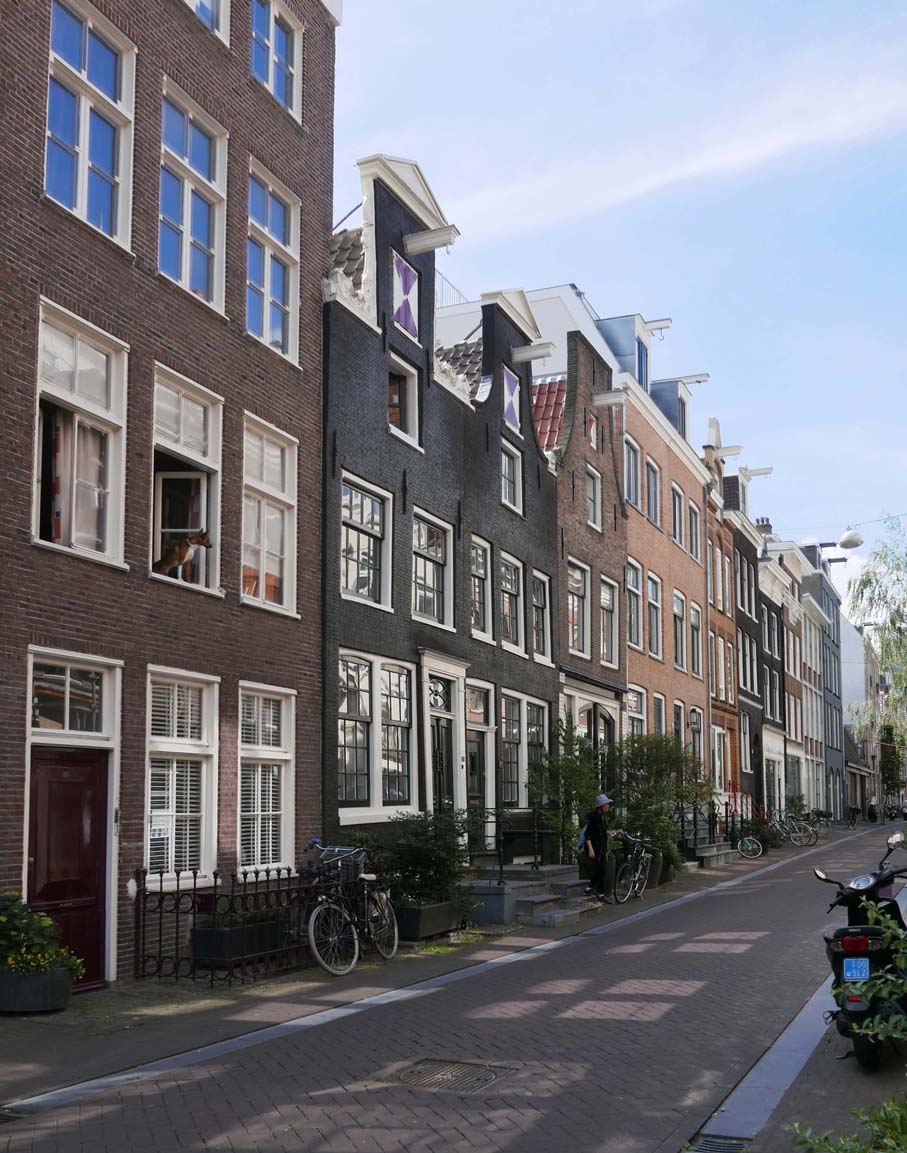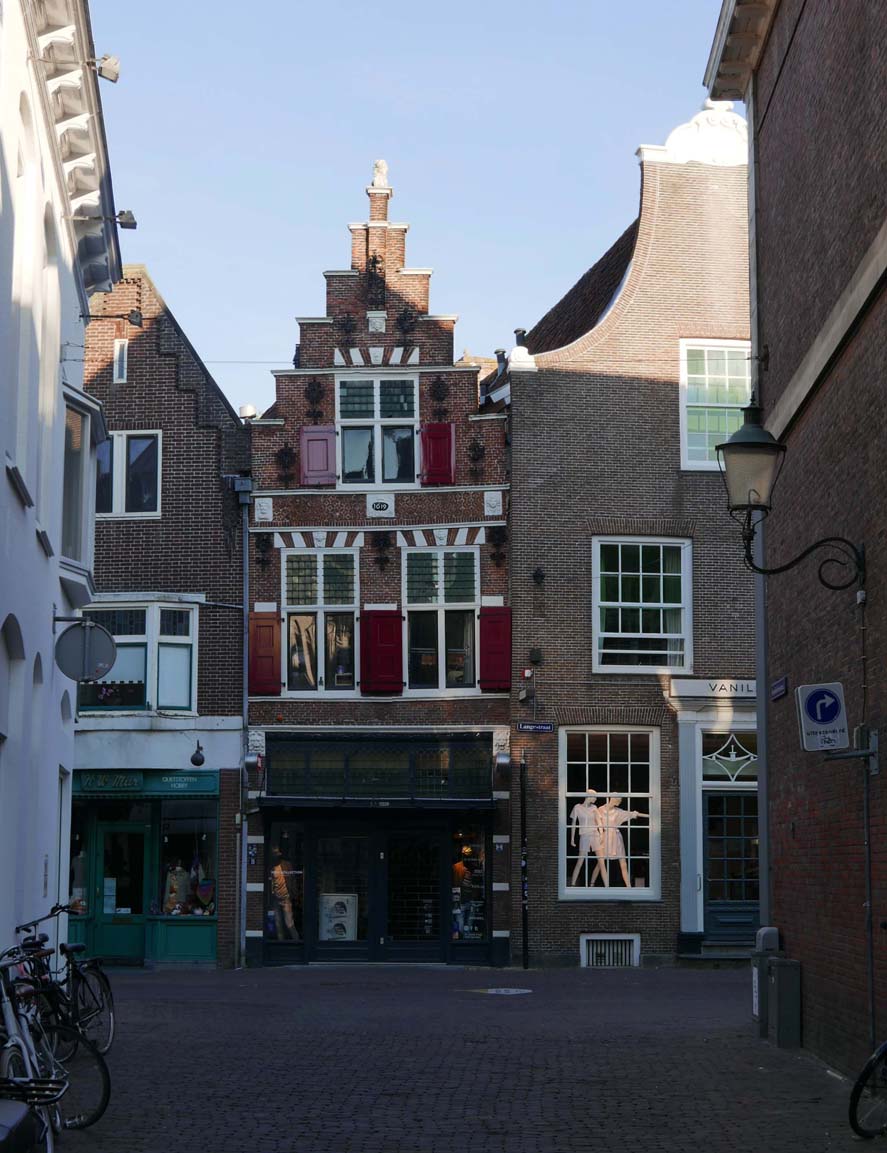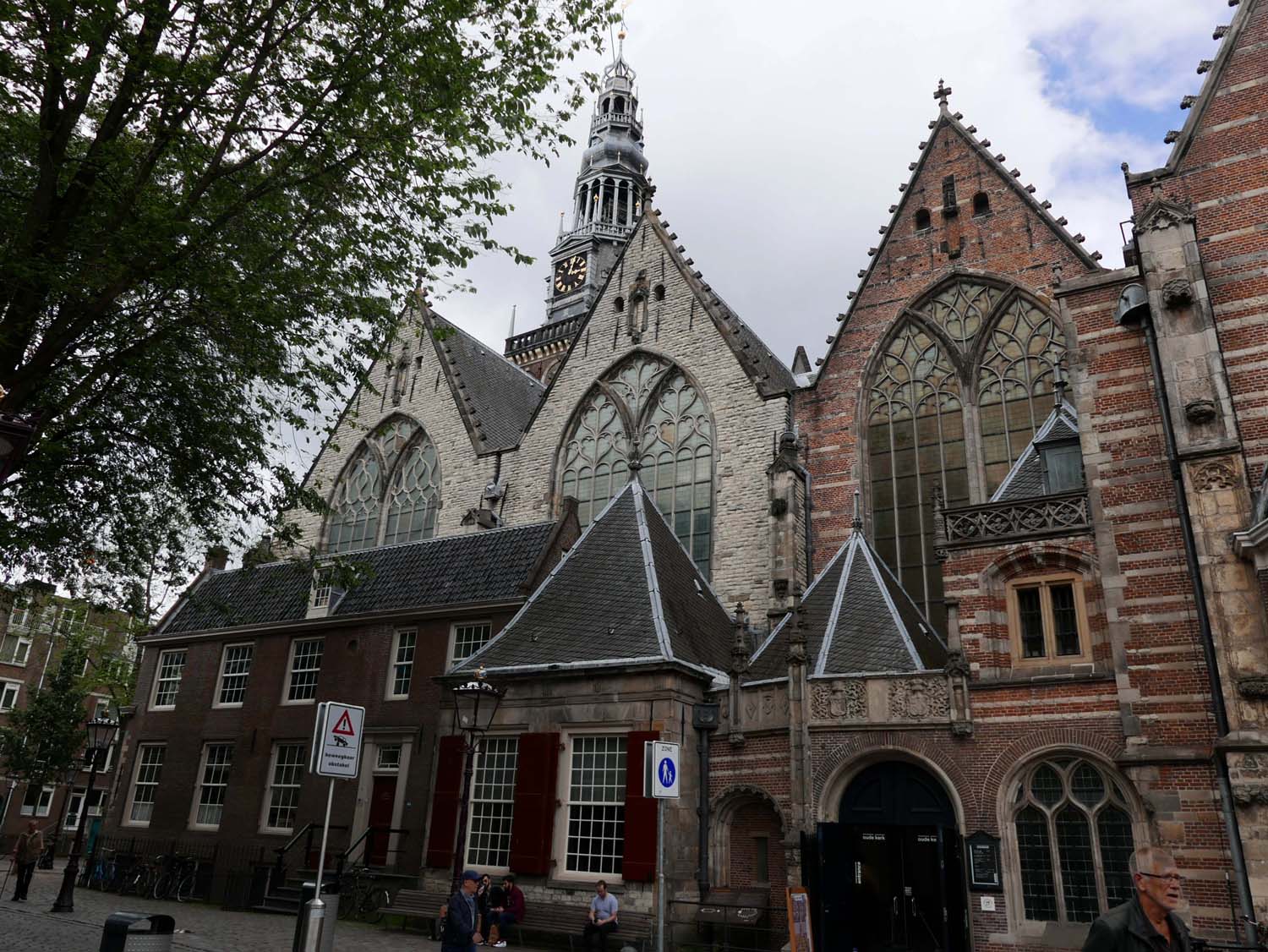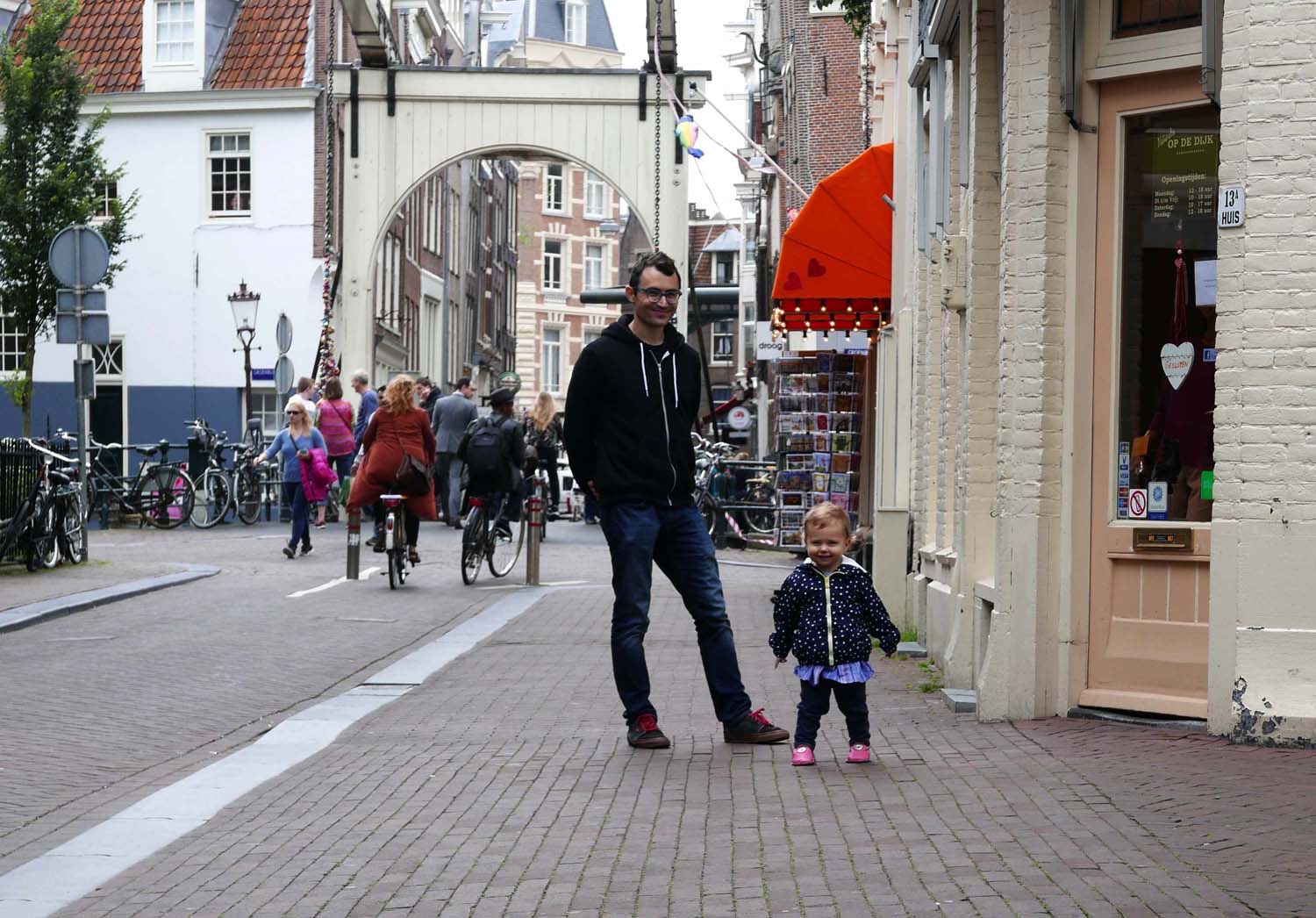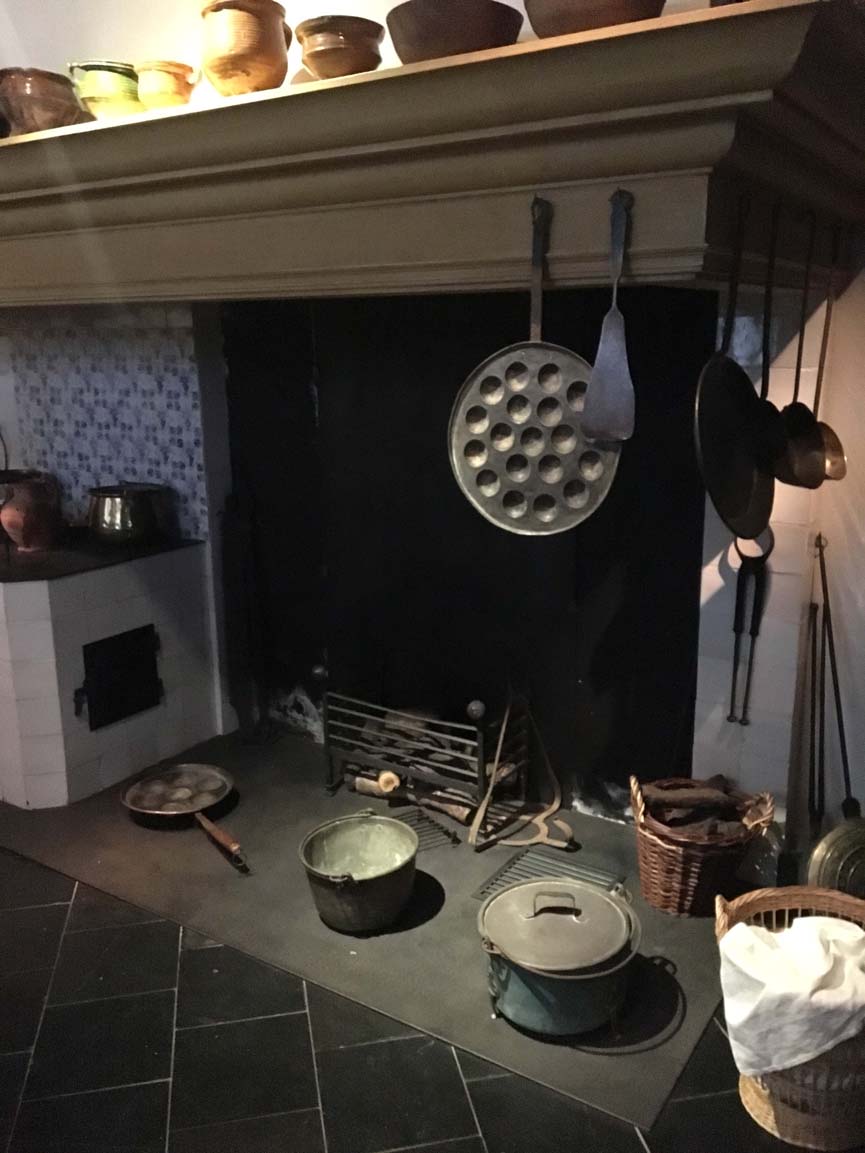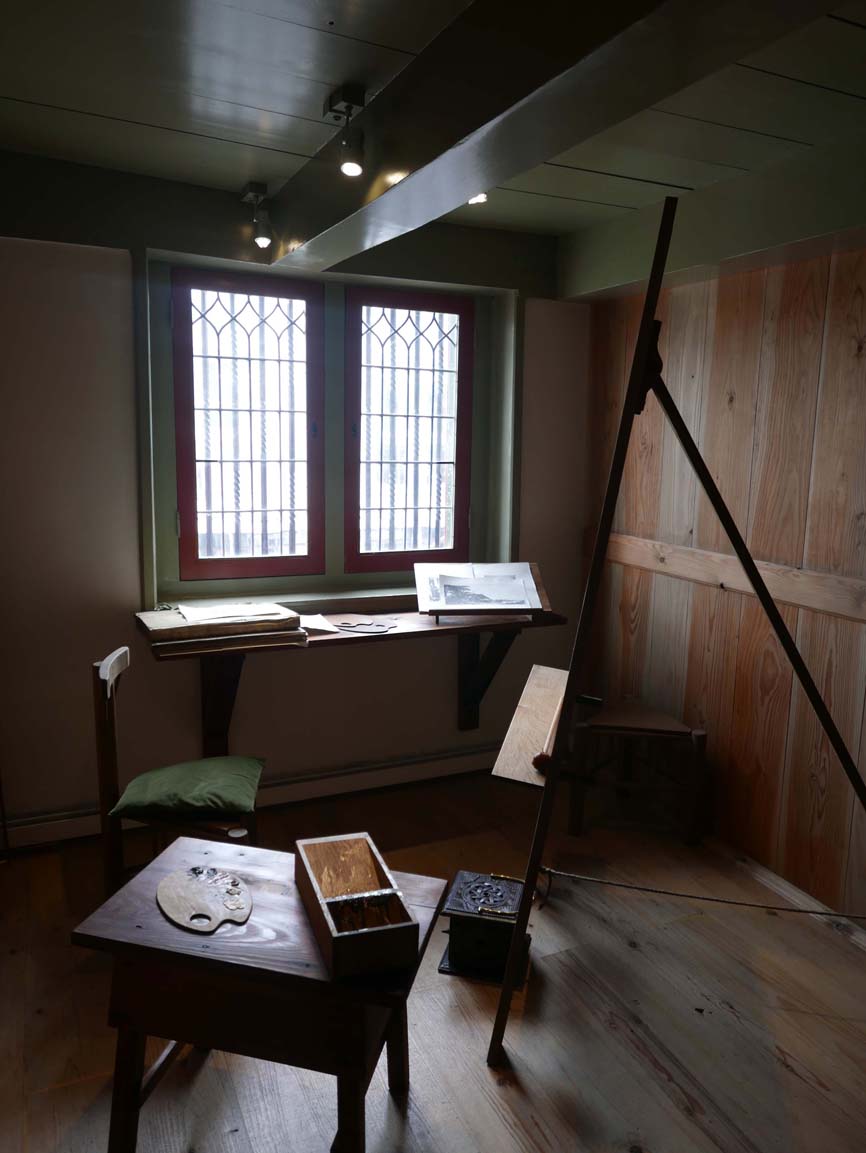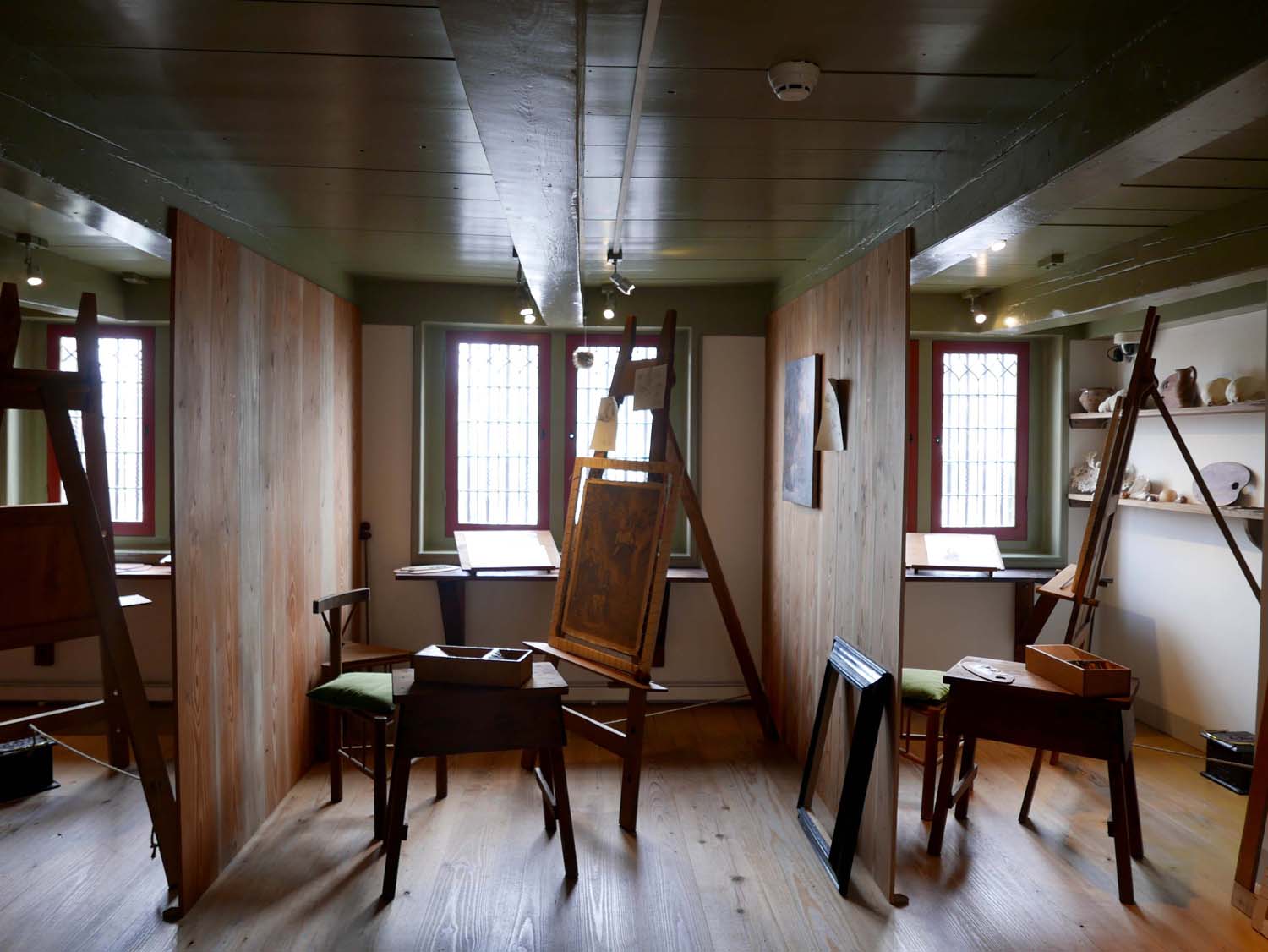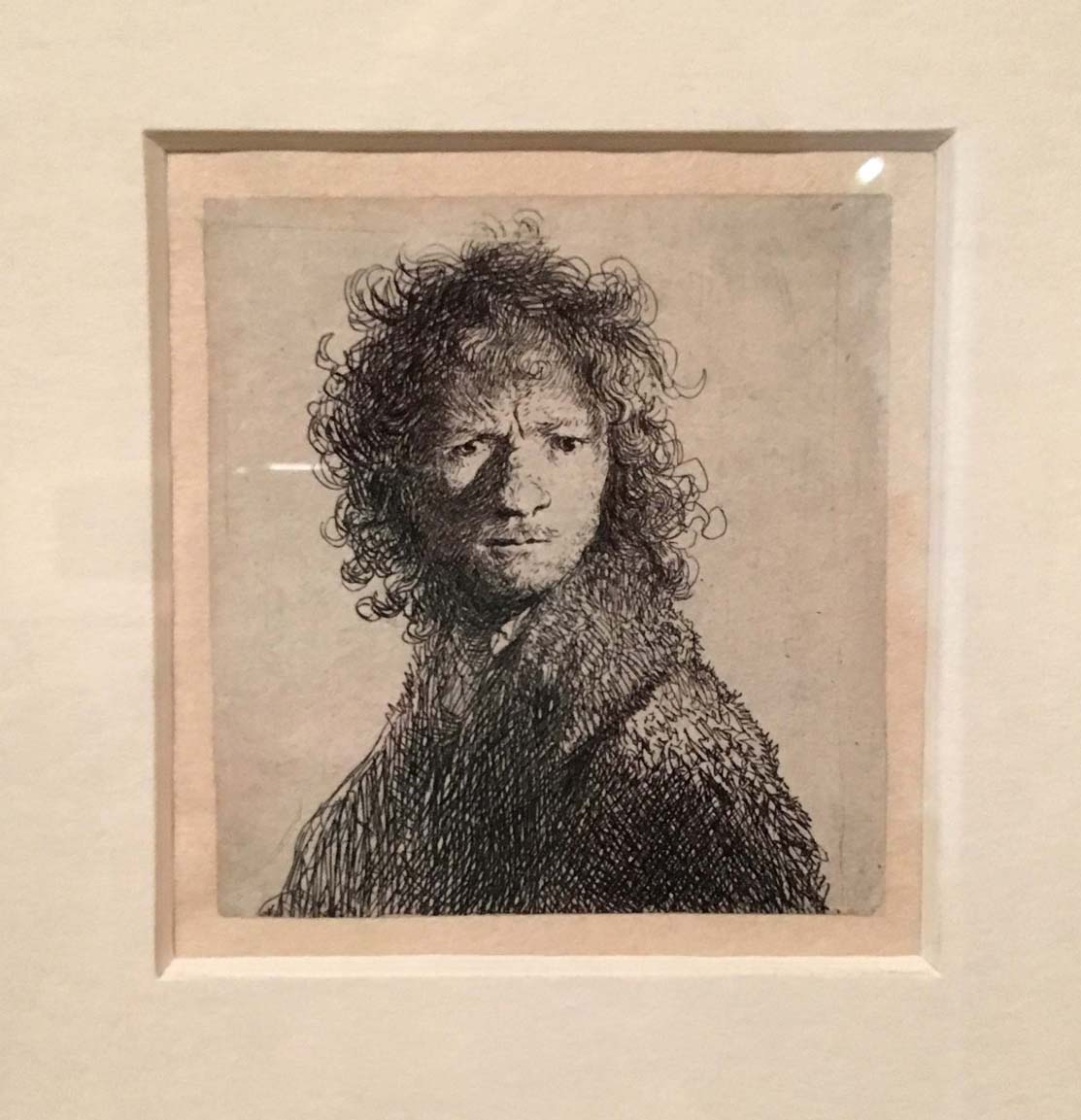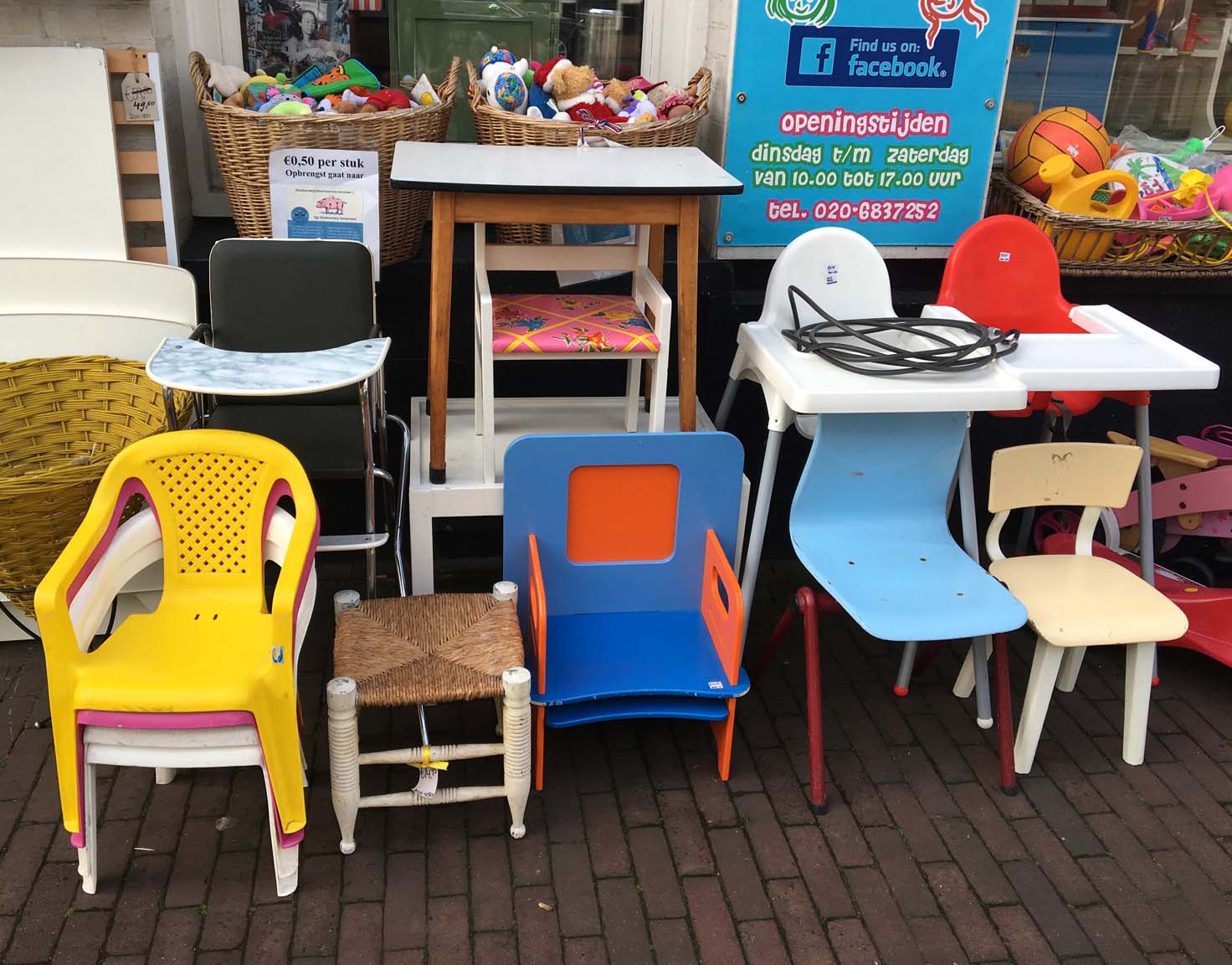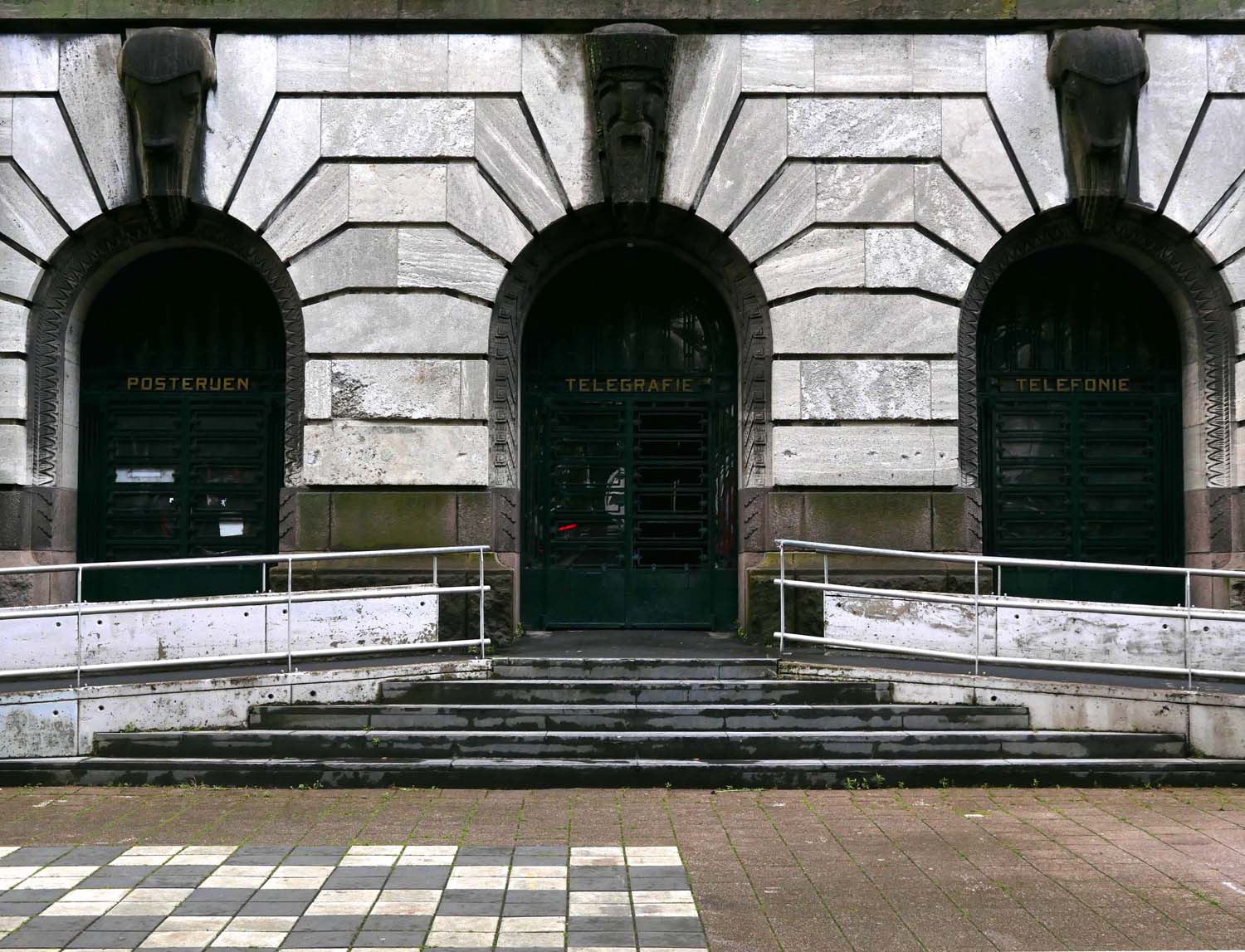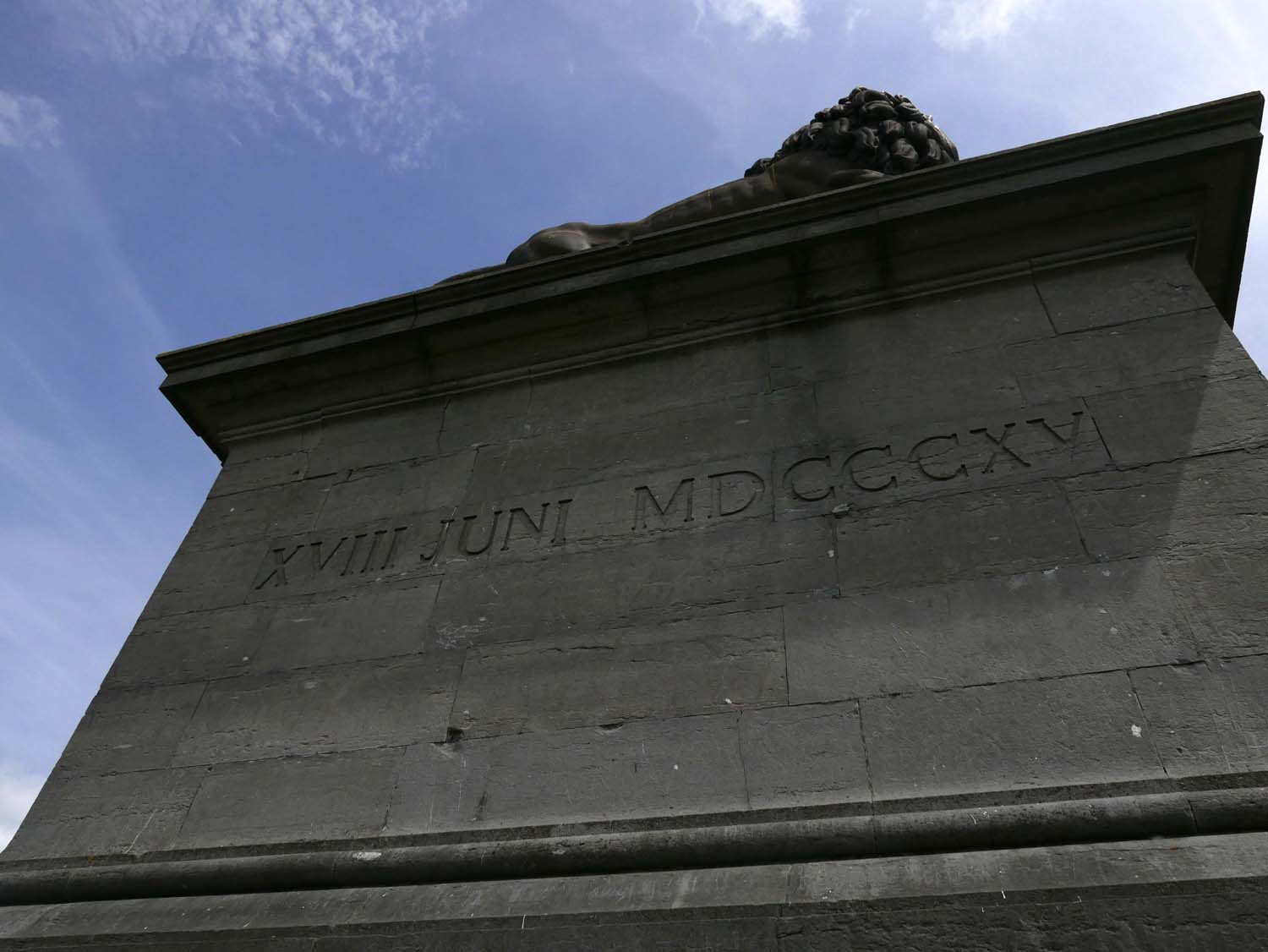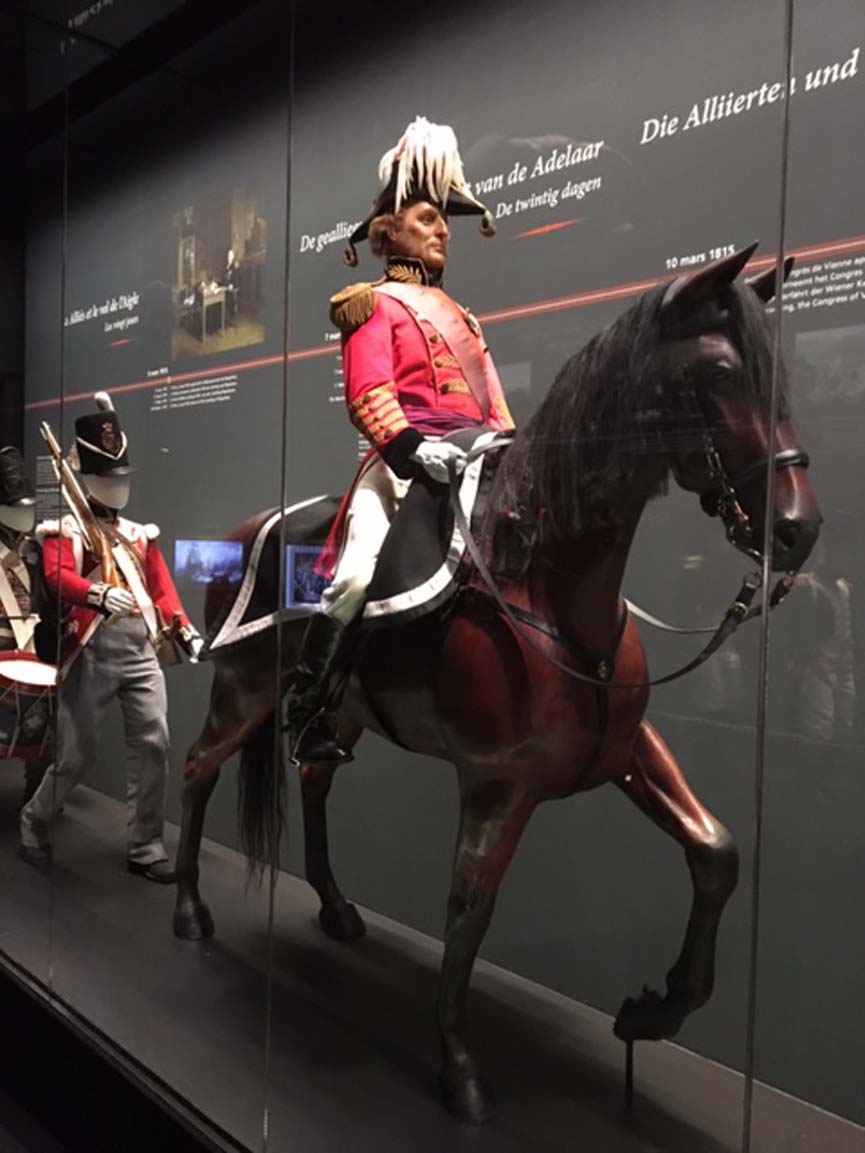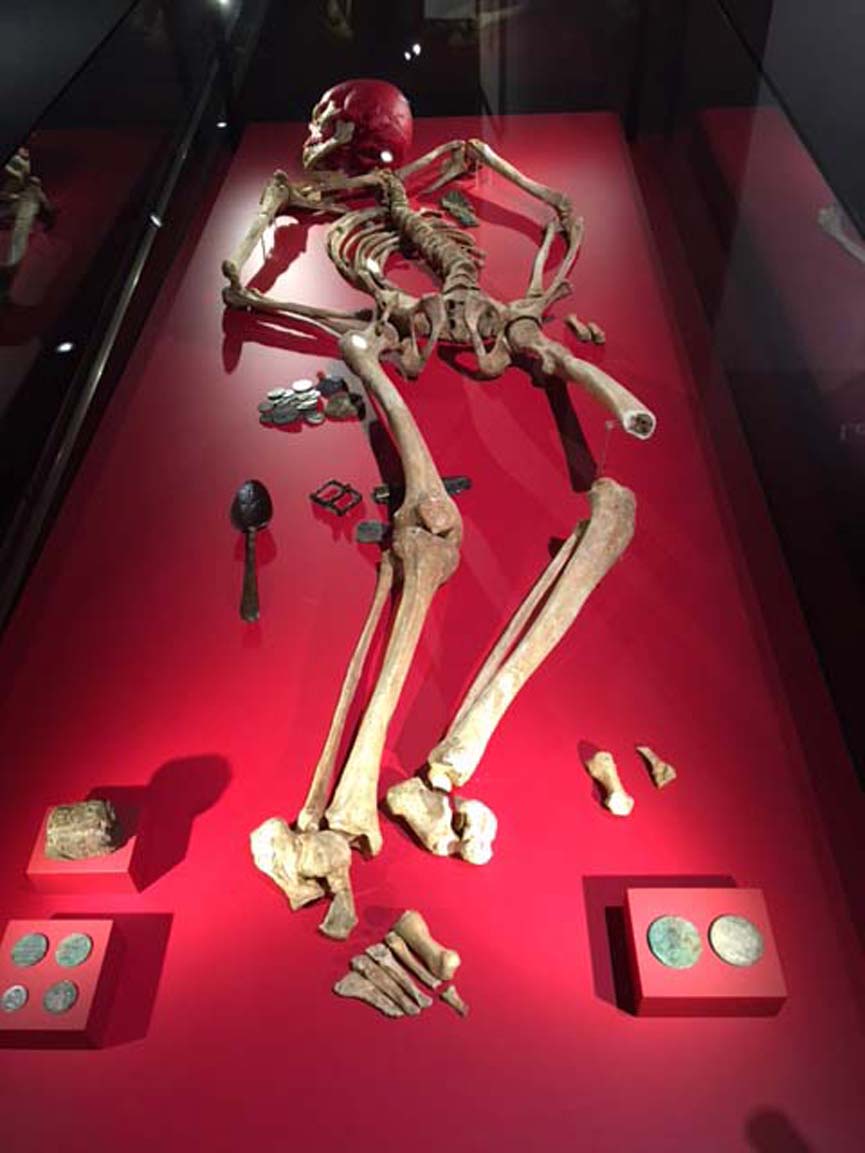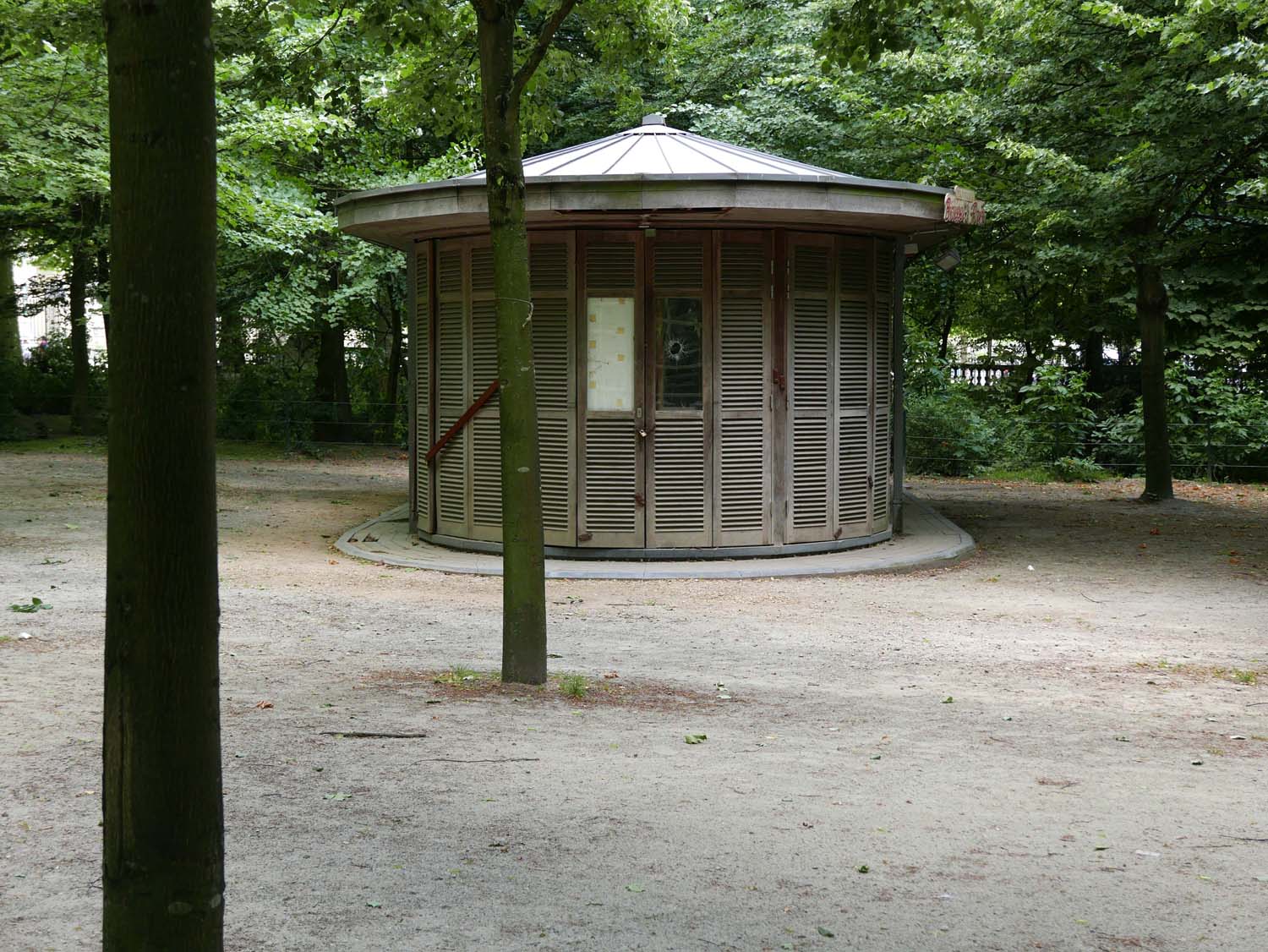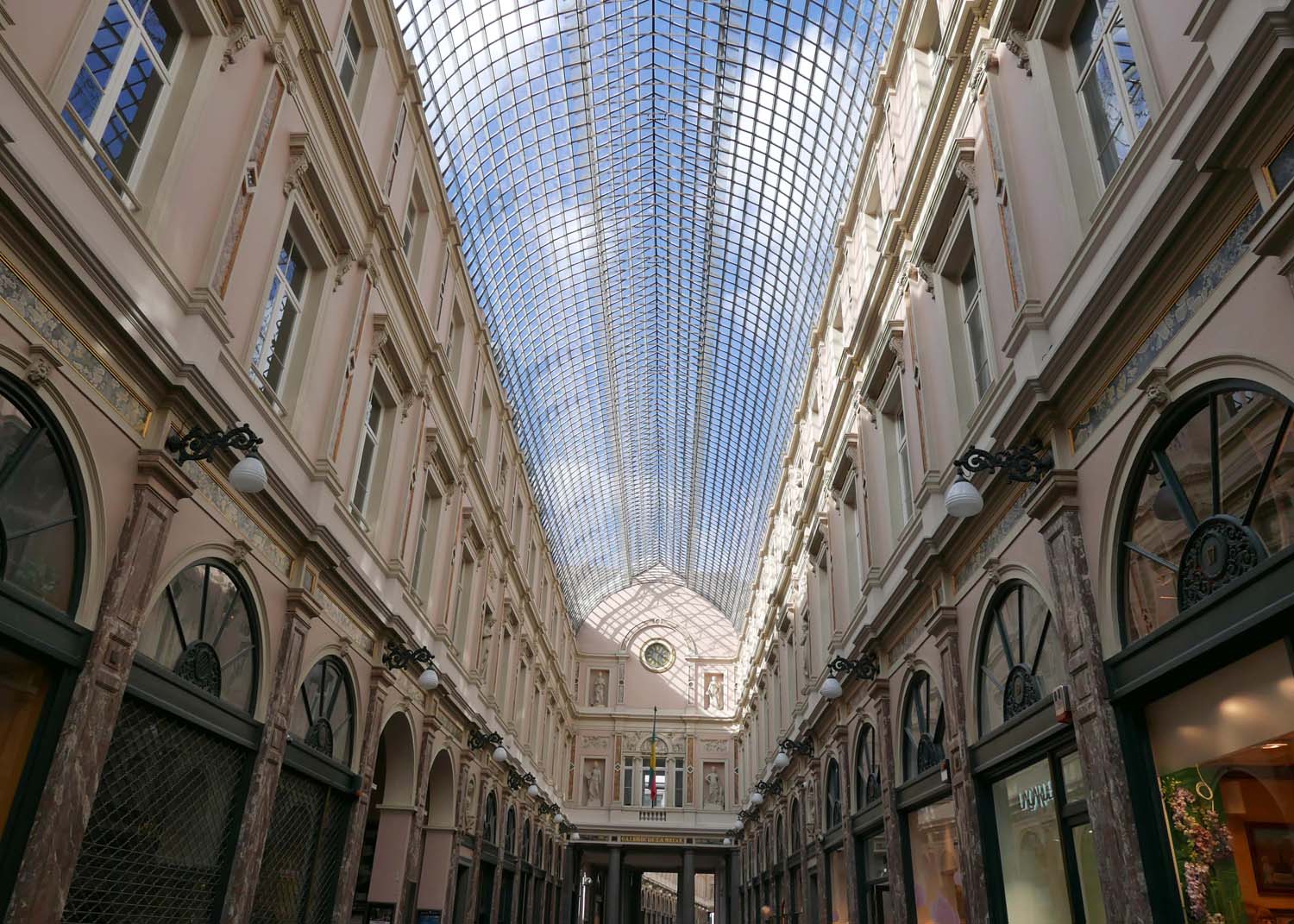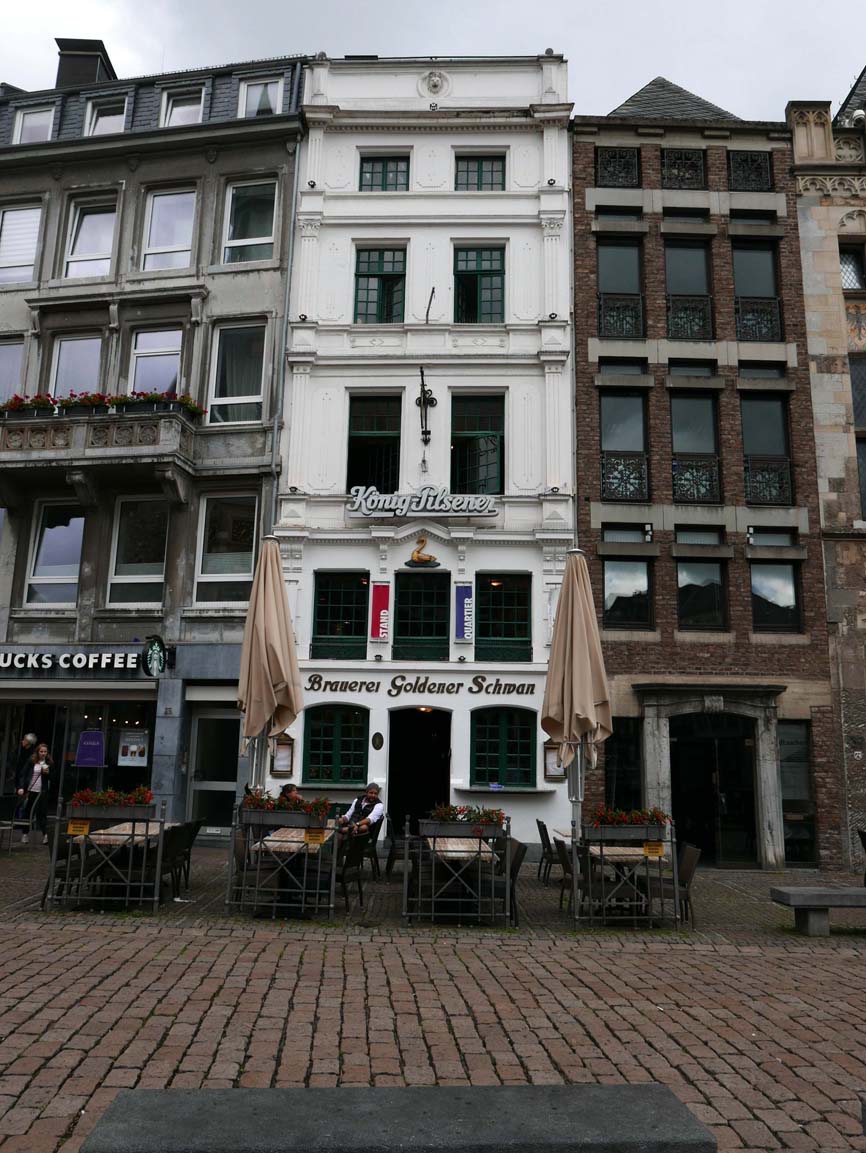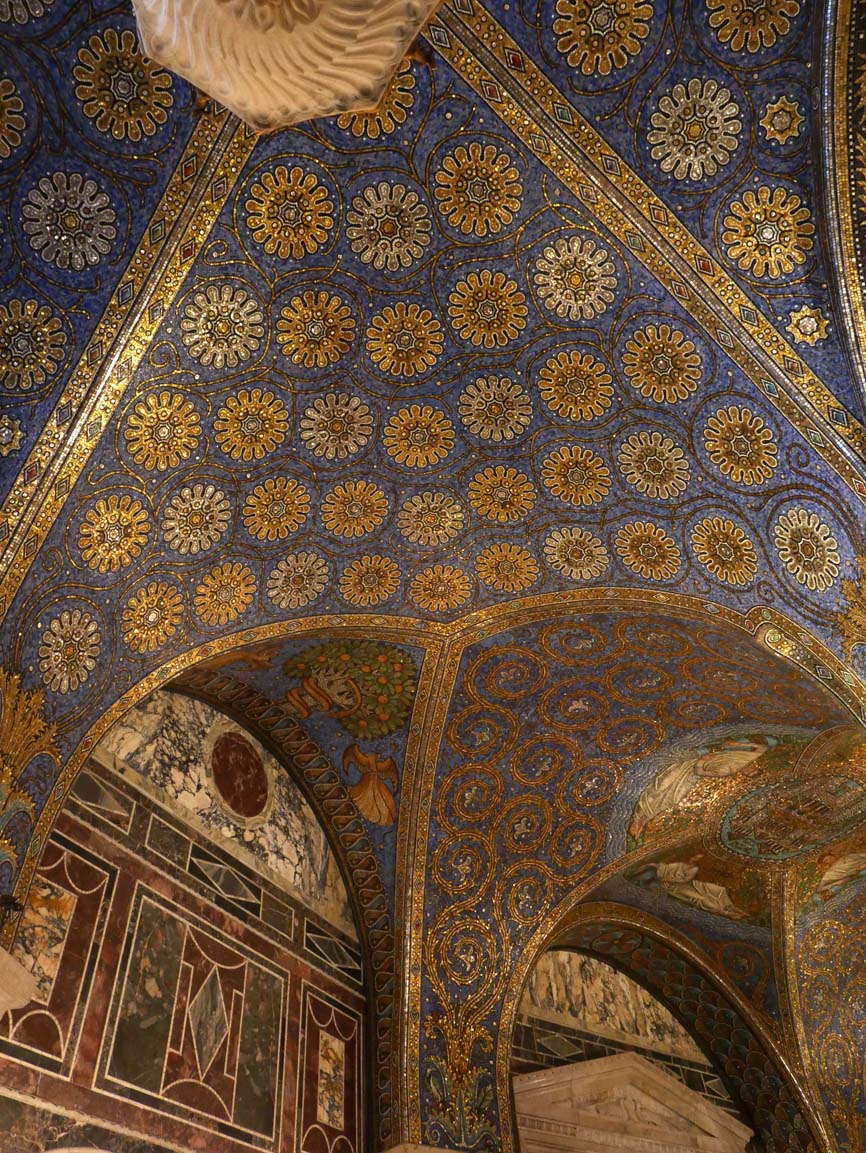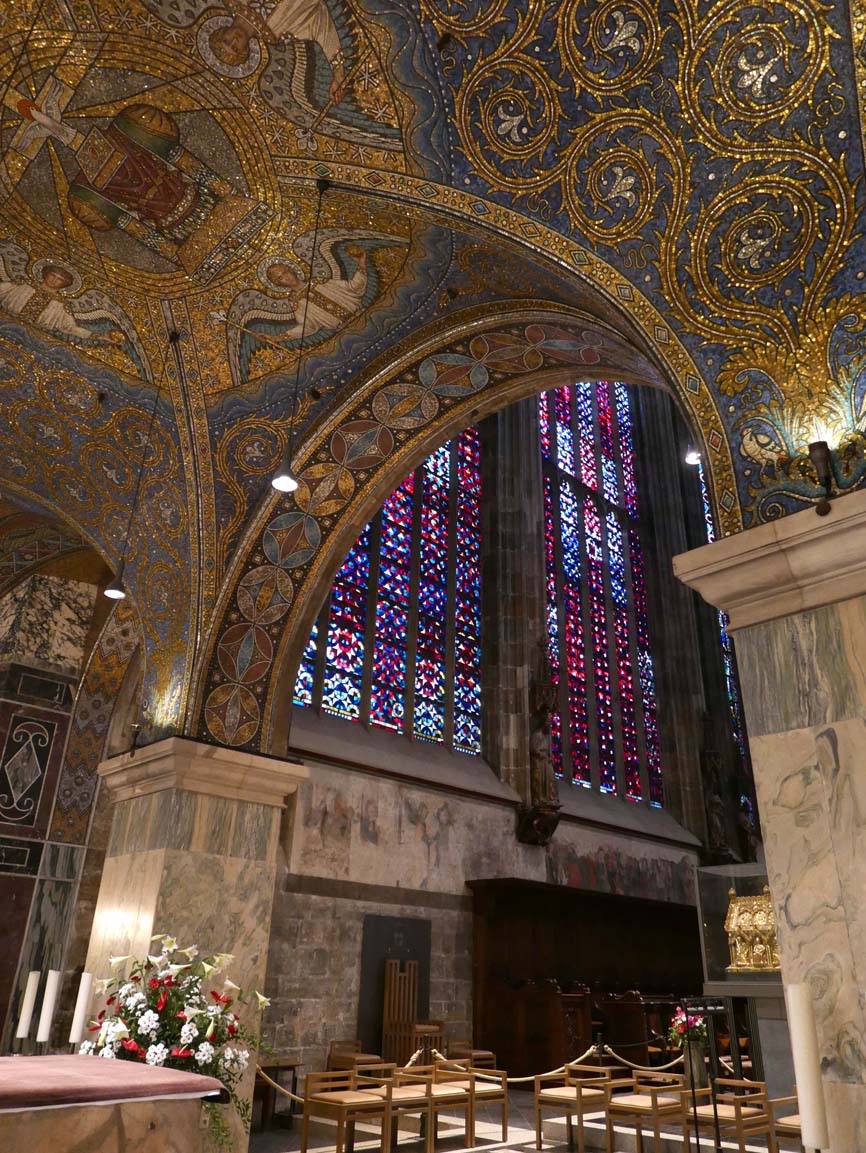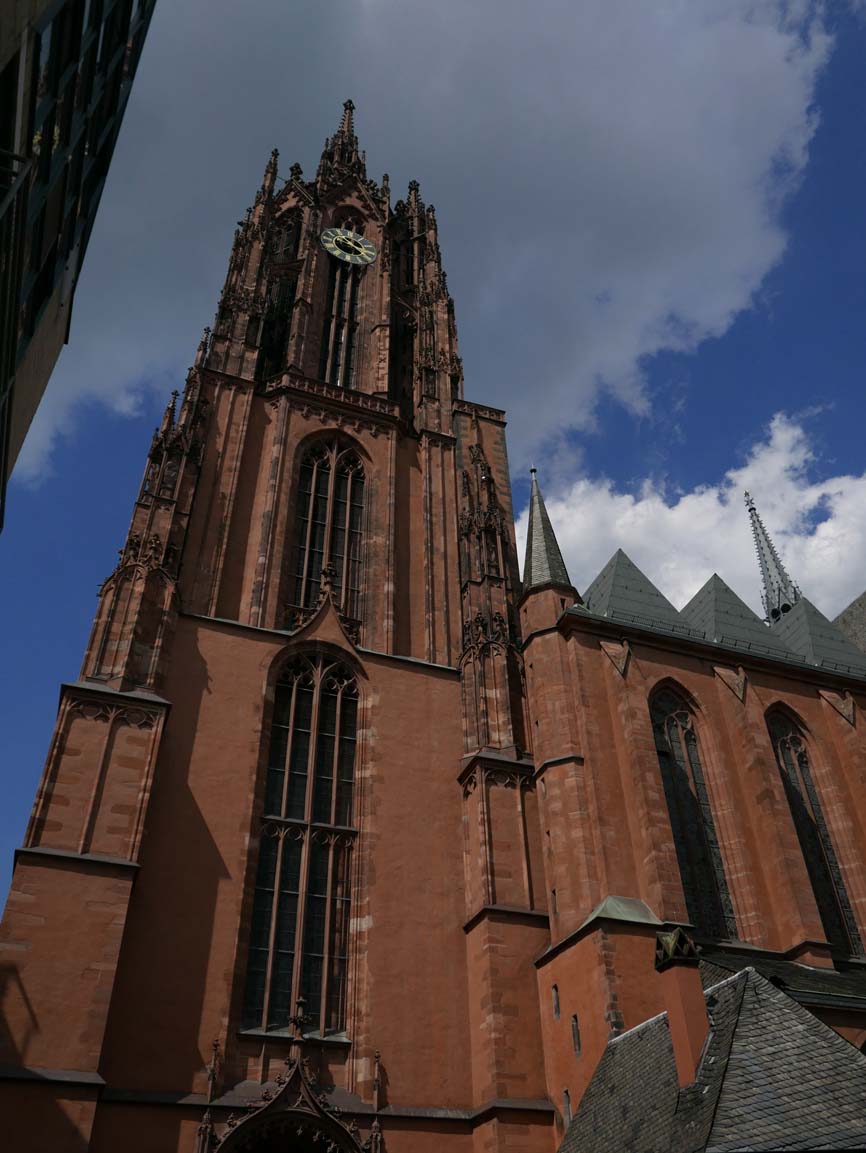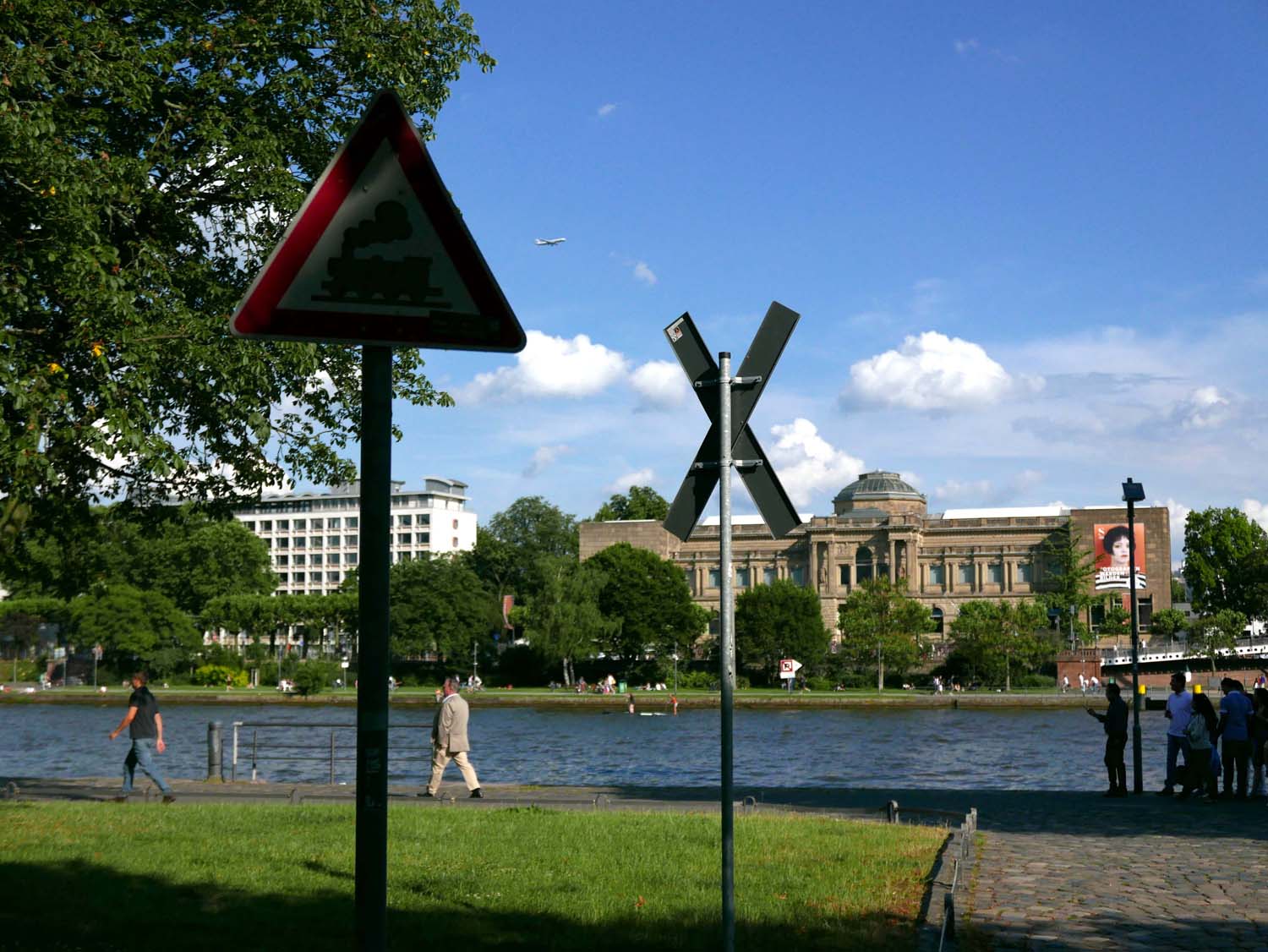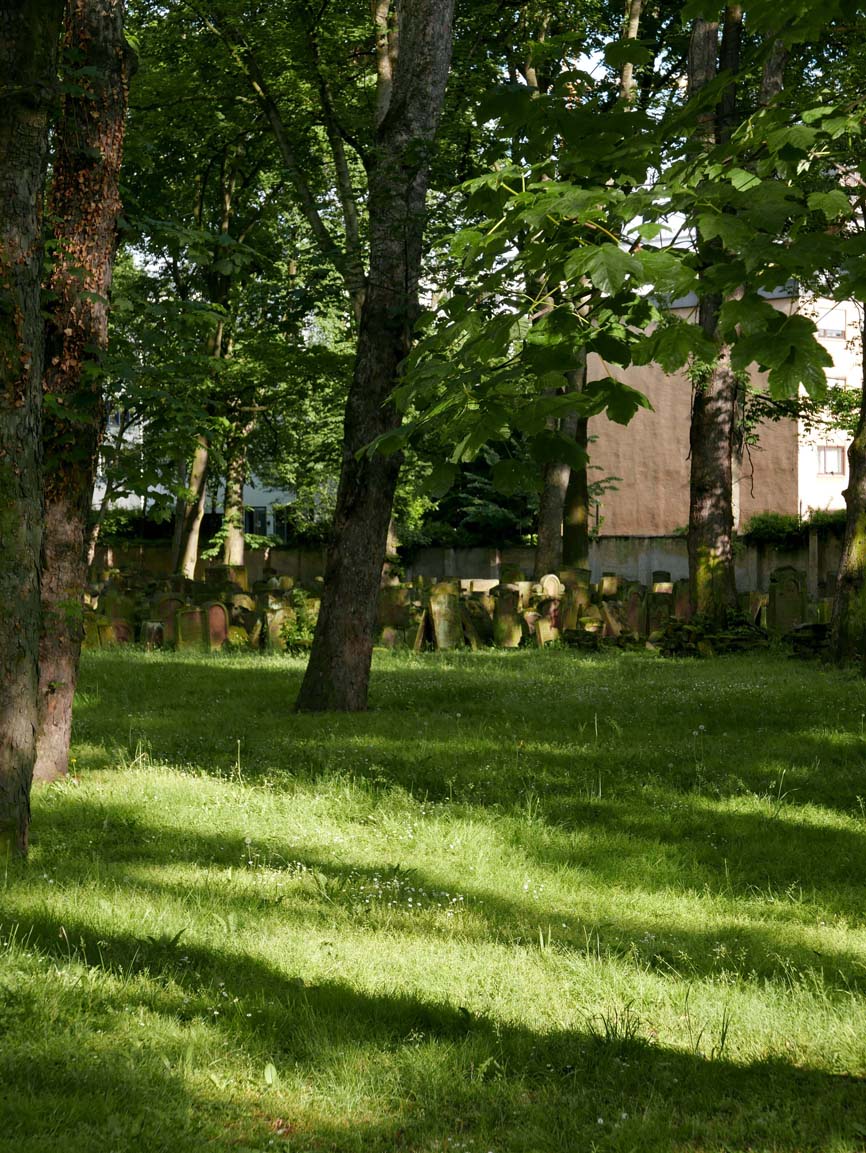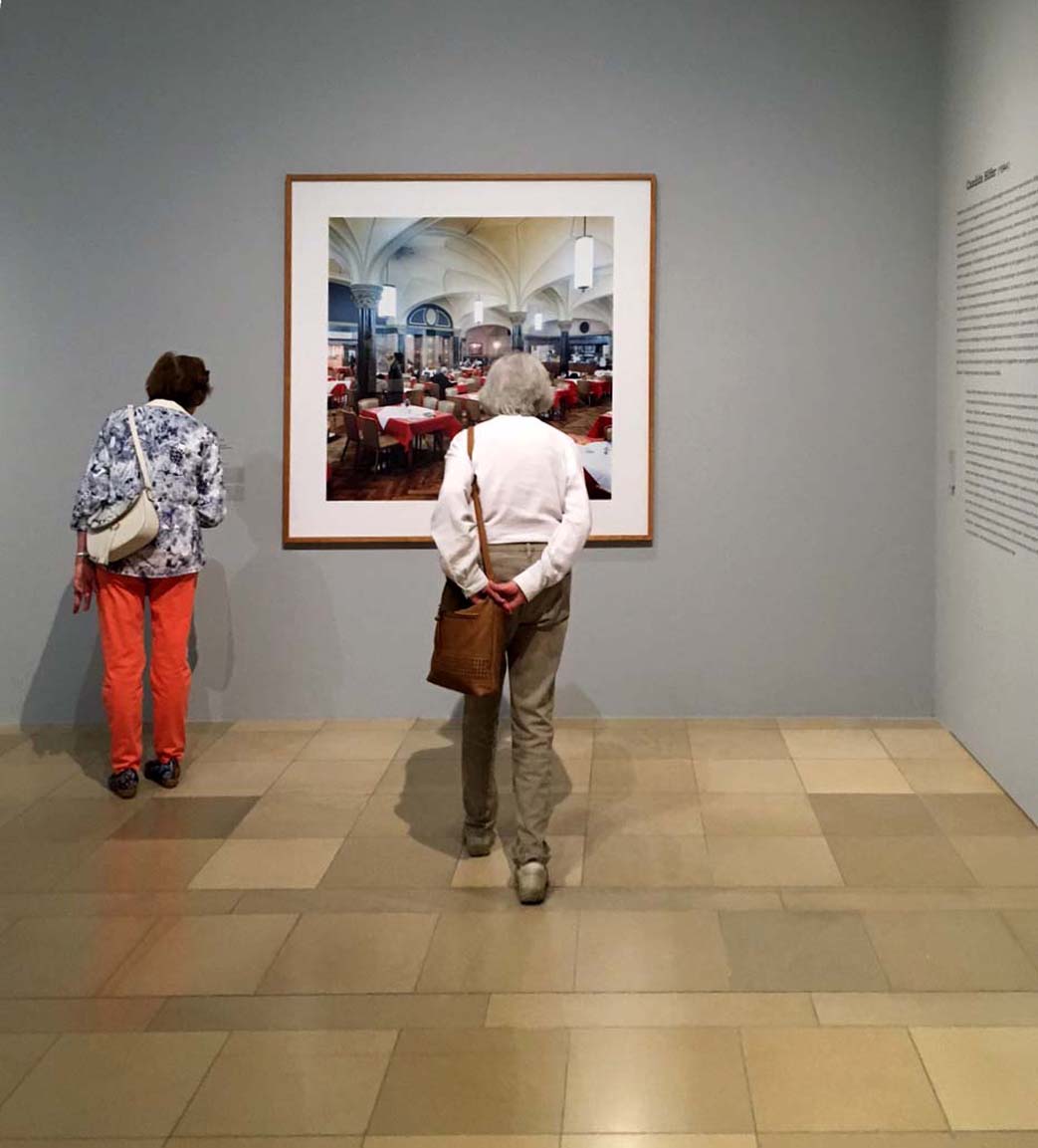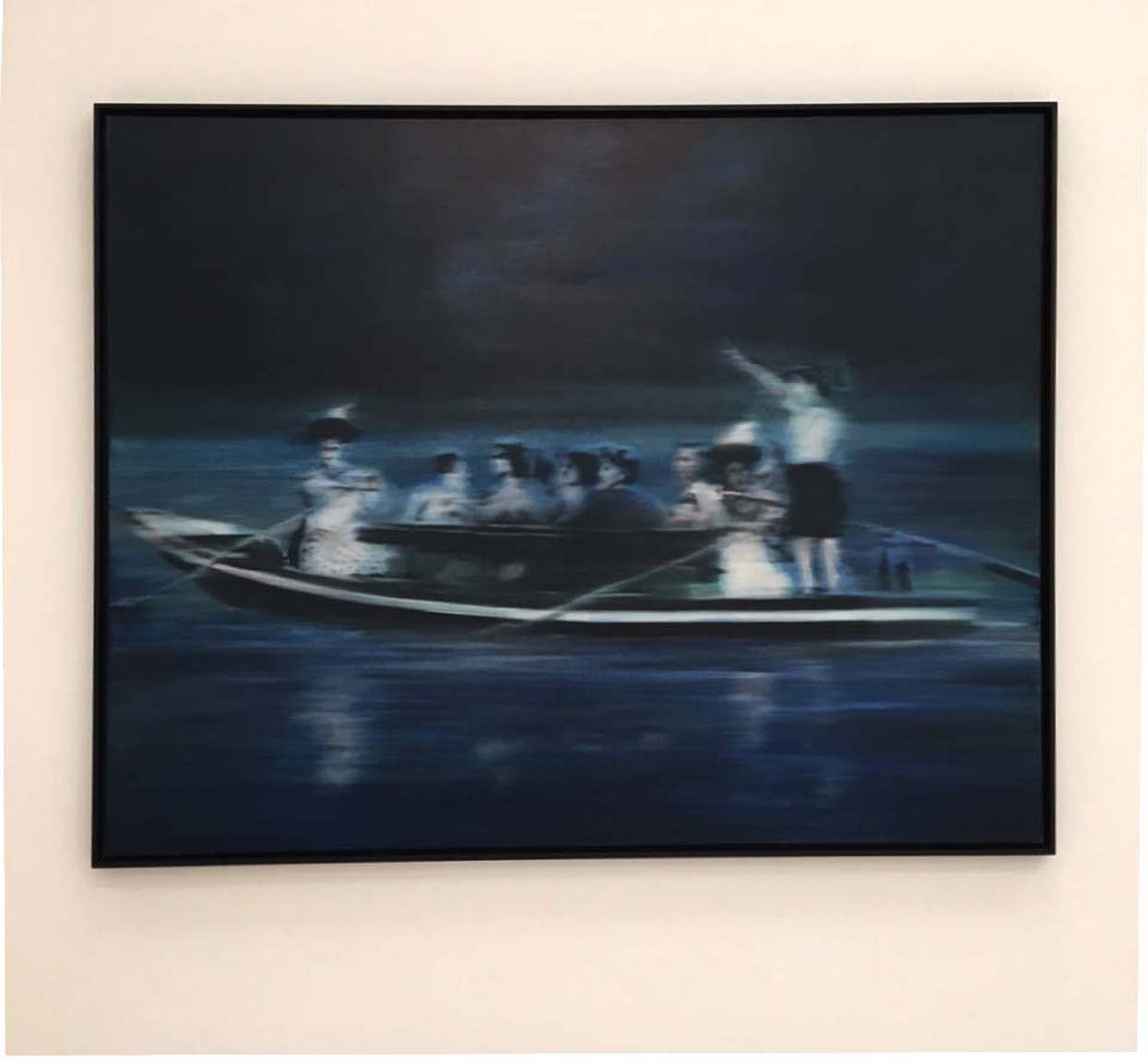When Calvin and Octavia were in Dublin, the primary appointment on their agenda was to visit Daniel O'Connell in prison. Daniel O'Connell was an Irish political leader in the early half of the 19th century, campaigning for Catholic emancipation. He was often known as "The Liberator" or "The Emancipator." "Once Catholic emancipation was achieved, O'Connell campaigned for repeal of the Act of Union, which in 1801 had merged the Parliaments of the Kingdom of Great Britain and the Kingdom of Ireland to form the United Kingdom of Great Britain and Ireland. To campaign for repeal, O'Connell set up the Repeal Association. He argued for the re-creation of an independent Kingdom of Ireland to govern itself, with Queen Victoria as the Queen of Ireland. (Wikipedia)" In order to campaign for support of this repeal, he would hold "monster meetings," which gathered tens of thousands of supporters. After several such meetings, he heeded the request of the authorities to call off further meetings to avoid bloodshed. He was was subsequently arrested, for which he was serving the sentence when Calvin and Octavia were in Ireland.
I will Octavia tell the story through her words:
Octavia:
Thursday — September 5th
Uninteresting, rainy day; however ’tis some amusement to sit by the window and see the people. Covered cars, jaunting do., fruit criers, etc. Mr. O’Connell has given permission for us to come and see him in his prison. Pa received a letter from Mr. Brown and Shipley, Liverpool, who have engaged our passages, but informs us of just the news we might have known, no letters from America. I’m quite sure I don’t care, for I shall see Mr. O’Connell tomorrow, go to the theatres, parks and entertain myself until I take my embarkation.
Am sitting down to a good dinner, keen appetite; suddenly roused from my seat with the shout, “O’Connell’s released!” “Hurra.” Workman from a house over the way flies to the window with trowel in hand to join the hearty welcome. Beggars, old women, children, everybody joined in Huzzas. Devoted people: How will the O’Connellism terminate? Man in the street crying, “Express from London, O’Connell liberated,” holding up some papers, “One for a penny.” I did not see one purchased from him; people are certainly very unbelieving or else very stingy.
Beggars are not quite so plentiful as they have been; however, I see a few, now and then, assailing carriages and gentlemen pedestrians. Streets are not so well lighted as in some cities; however, I’ve not seen many yet and am not able to judge. A larger room tonight — some room to open my trunk. Now for the land of dreams, where there certainly grows no grass! Well trodden paths!
...
The clerk says there is no doubt as to the verity of the express news from London as regards Mr. O’Connell. I hope it may be so — if for no other cause than to see an Irish Jubilee. People are plentiful in the streets today. I smiled to see the police so kind. At half past one went to the Richmond Penitentiary. After waiting more than an hour in the garden, Mr. O’Connell came, and we shook hands and congratulations, etc. “I have much honour in seeing you,” says he. Also, “You’ve not been long in Ireland.” “Liberator — tied by the leg.” Tall, small eyes, dark blue, or rather somewhat greyish; 69 years old, not grey, in good health. Went round the prison; saw [. . .] lads at the tread mill, boys washing. Much gratified with the days visit. Found much politeness mingled with the patriotic enthusiasm which pervades the city. Two ladies were Mr. O’Connells [. . .] but I neglected to make obeisance to them, as I was much engrossed with the liberation news from London. Left Wednesday and arrived in Dublin on Thursday with the “rapidity of light.” Mr. O’Connell certainly has a beautiful garden to refresh [?] himself; certainly a great [. . .]. Saw other of his compatriots and his son. Mrs. O’C. received the intelligence of his liberty with composure such as becomes a great mind. “The Ides of March are not yet over.”
...
I should venture to assert that there would be no procession today; however, we’ll see. What should be brightest day that ever dawned upon Ireland is a very dark one...
About to start to see the procession. Showery day. Leave me, Begone dull care! I pray thee begone. Took a jaunting car and mingled with Tom, Dick, and Harry to see the O’Connell procession. Had a good situation and sat in our carriage and waited long before anybody made appearance. At last came the different banners, followed by the persons of each division of Labour — Carpenters, Tailors, Smiths, Coach makers, Chimney sweeps and etc. Beautiful Banners; one that particularly struck me was a Picture of the old Parliament house with the inscription, “Our old house at home.” Several others, very expressive. Mr. O’Connell was mounted on a car, accompanied by the family, etc., drawn by milk white horses. A fine show, and now especially; the packs and crowds of people that placed themselves everywhere — top of monuments, houses, steps, scaffolds, walls, everywhere there was hope...

